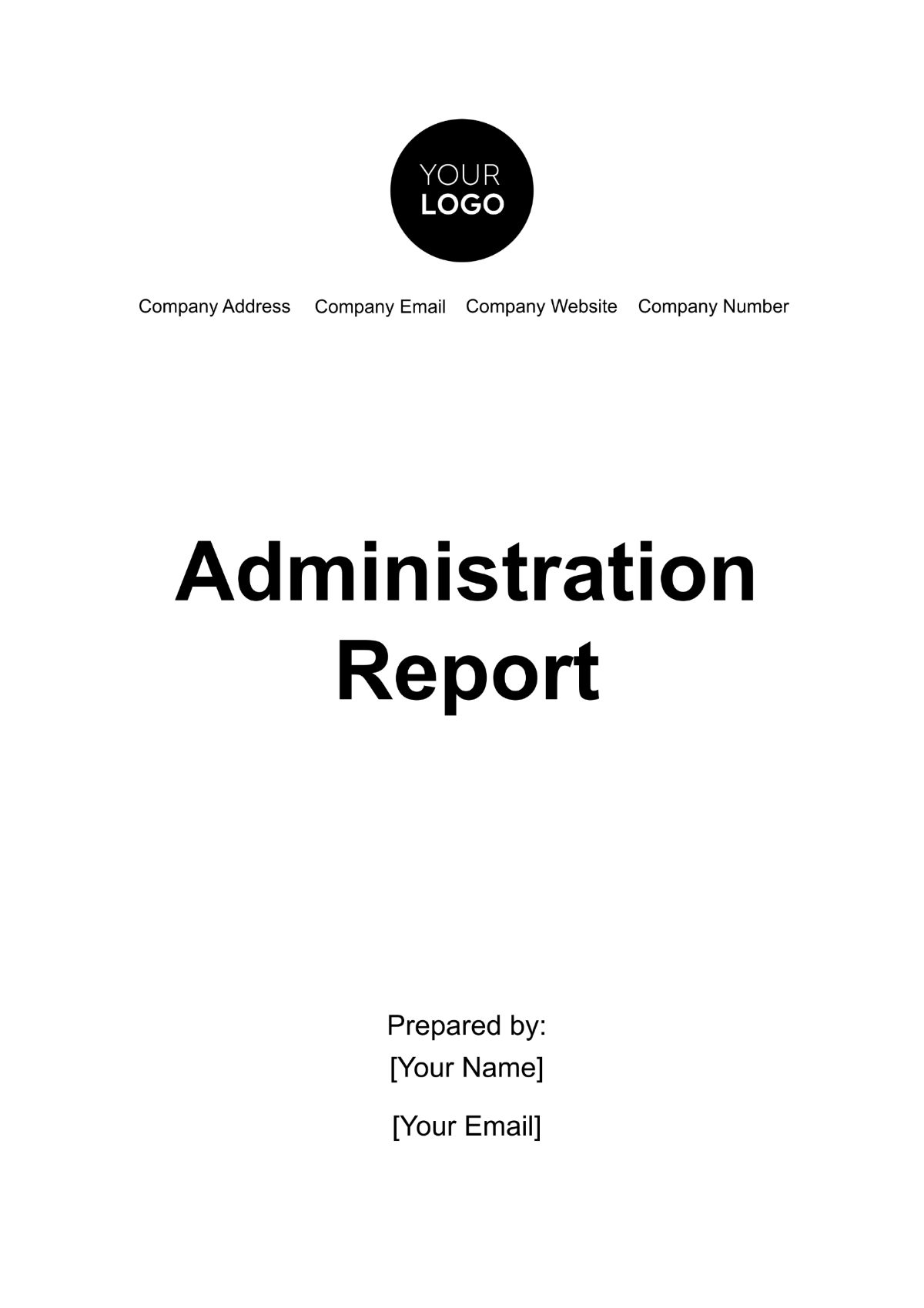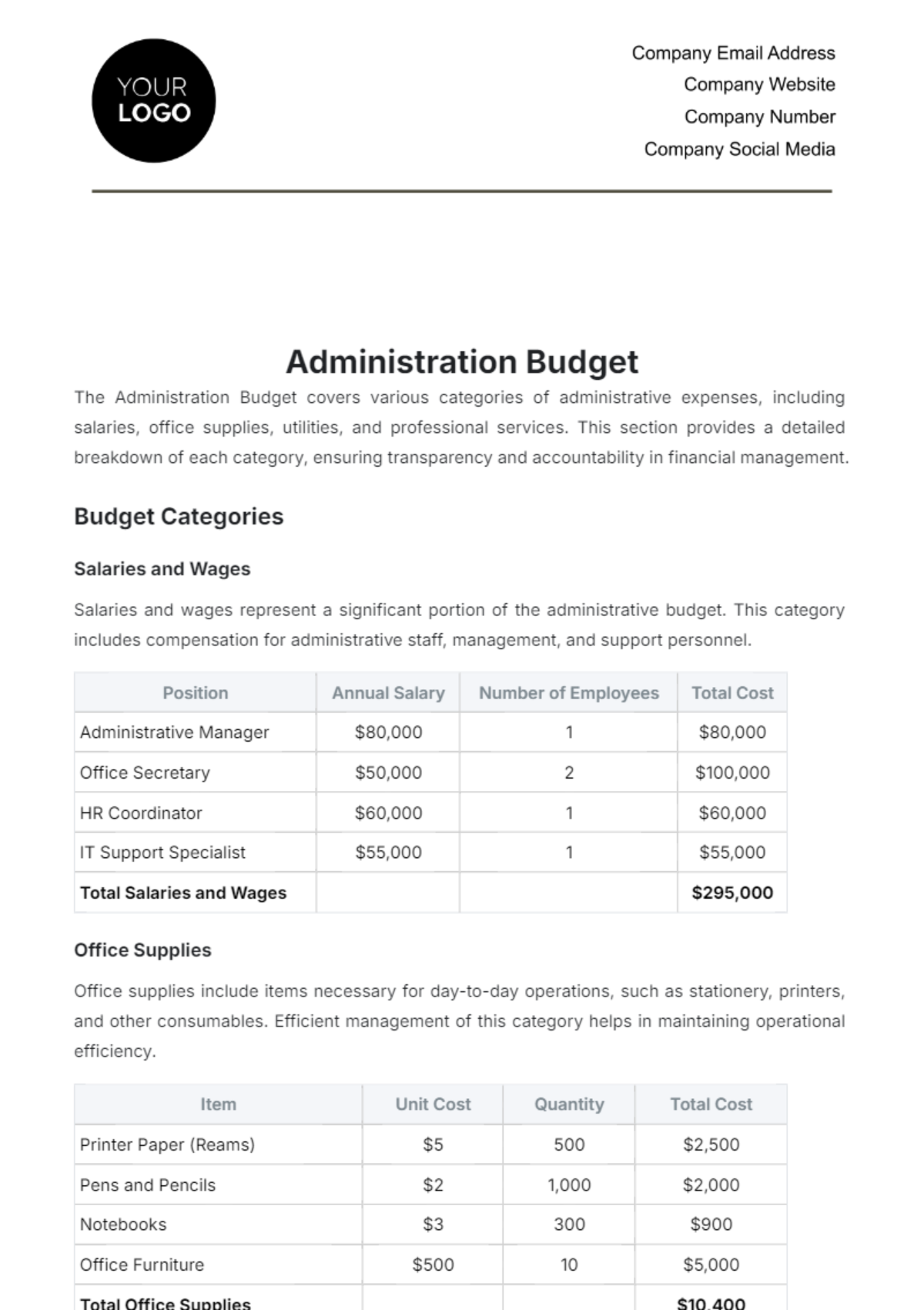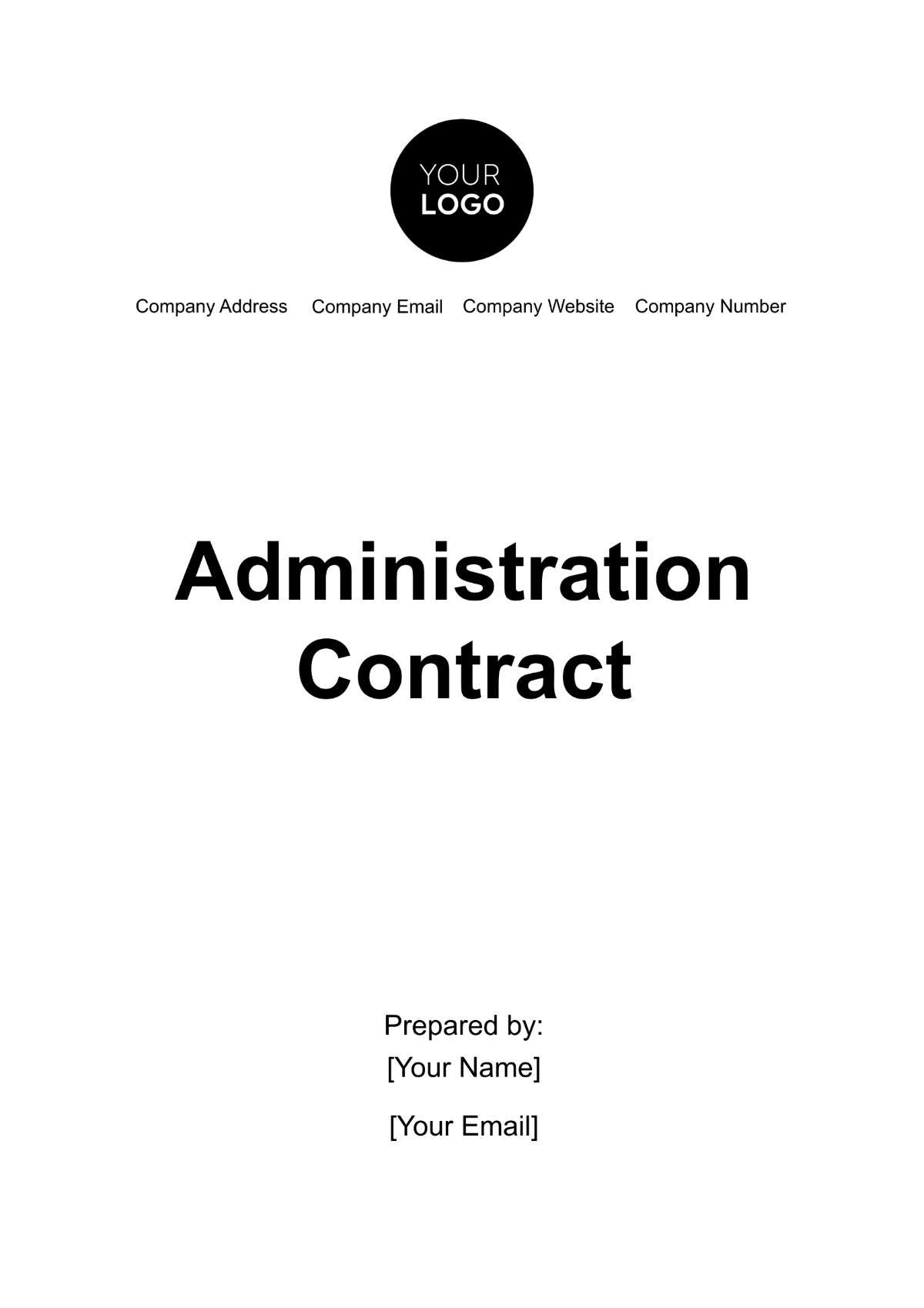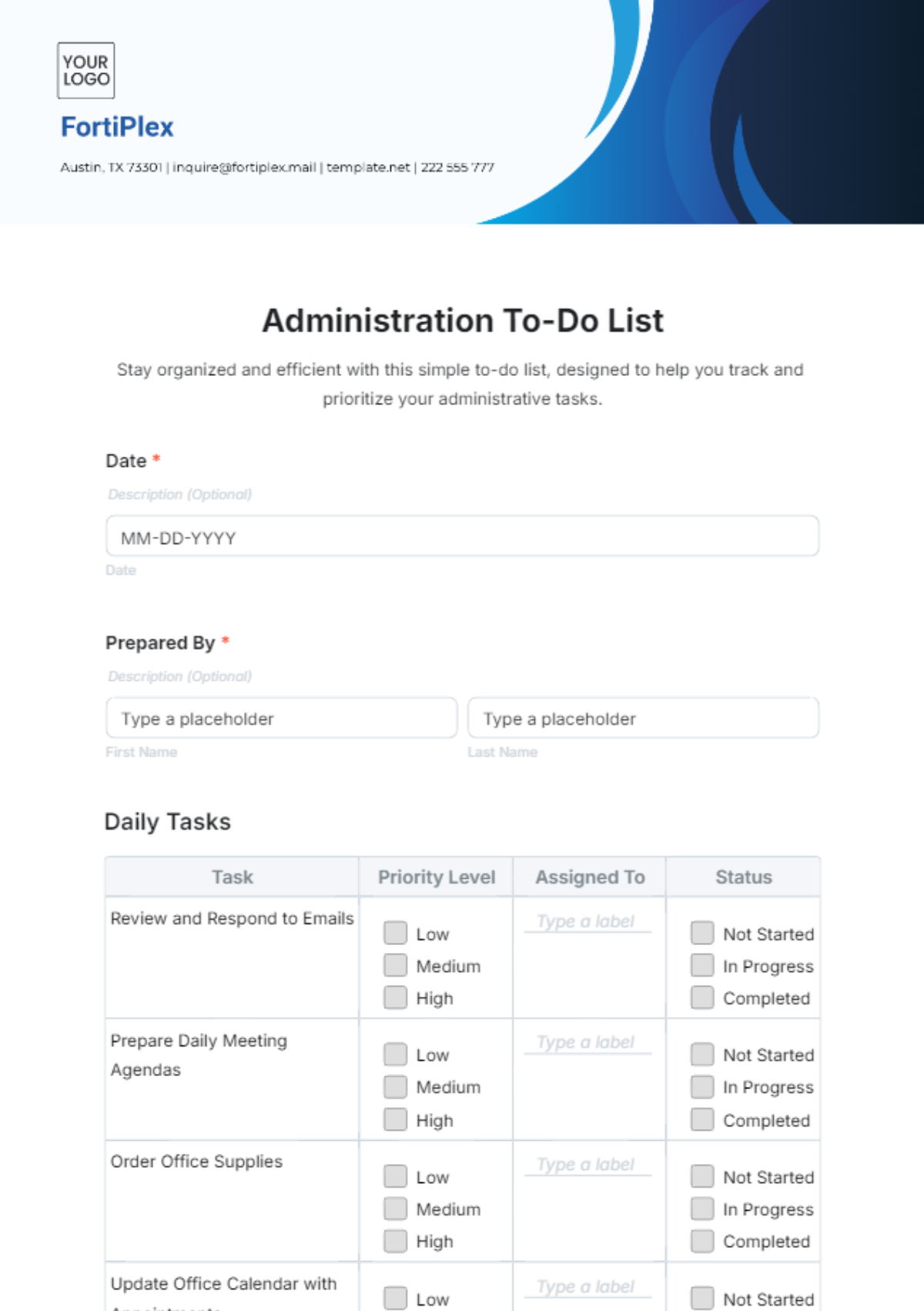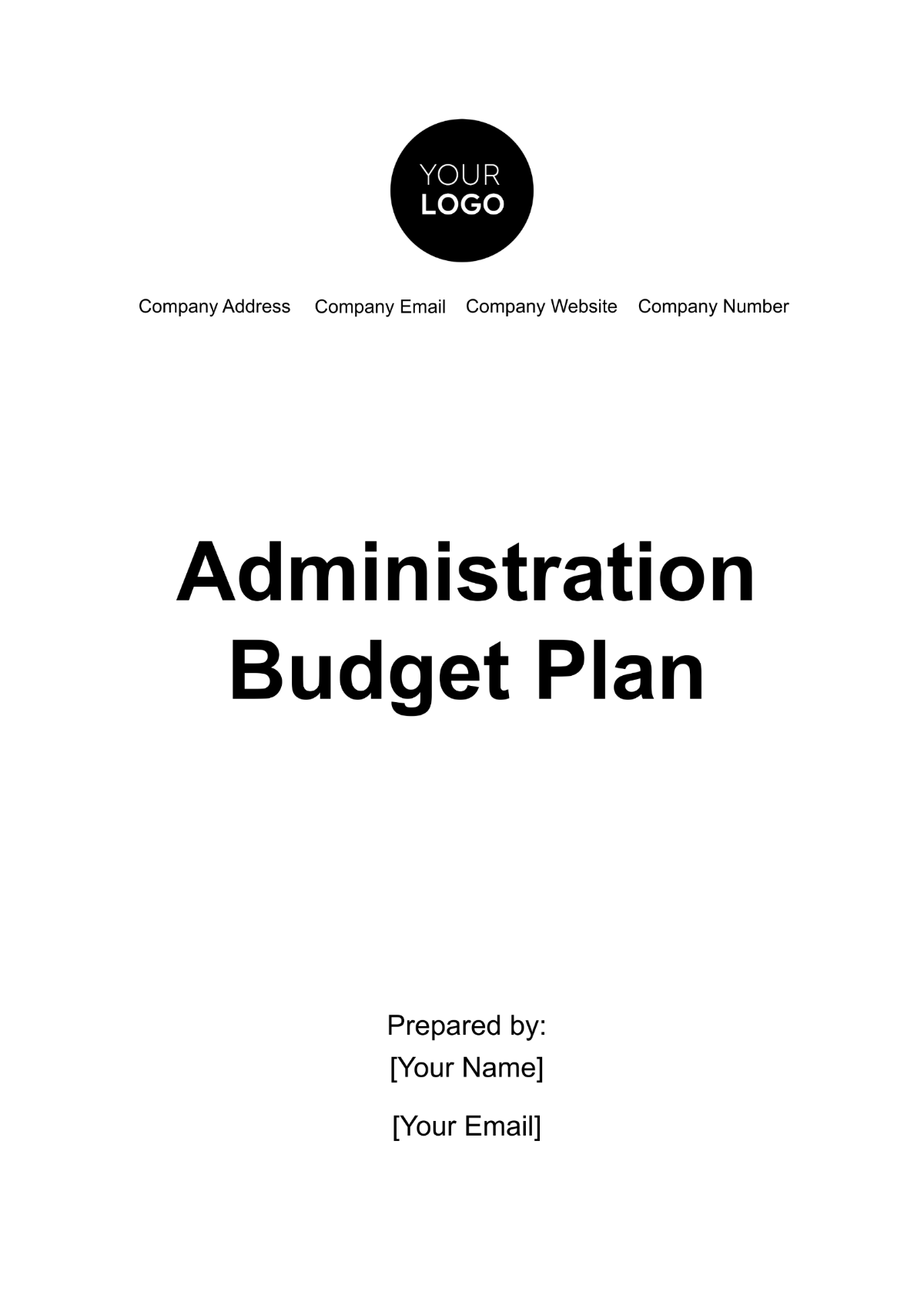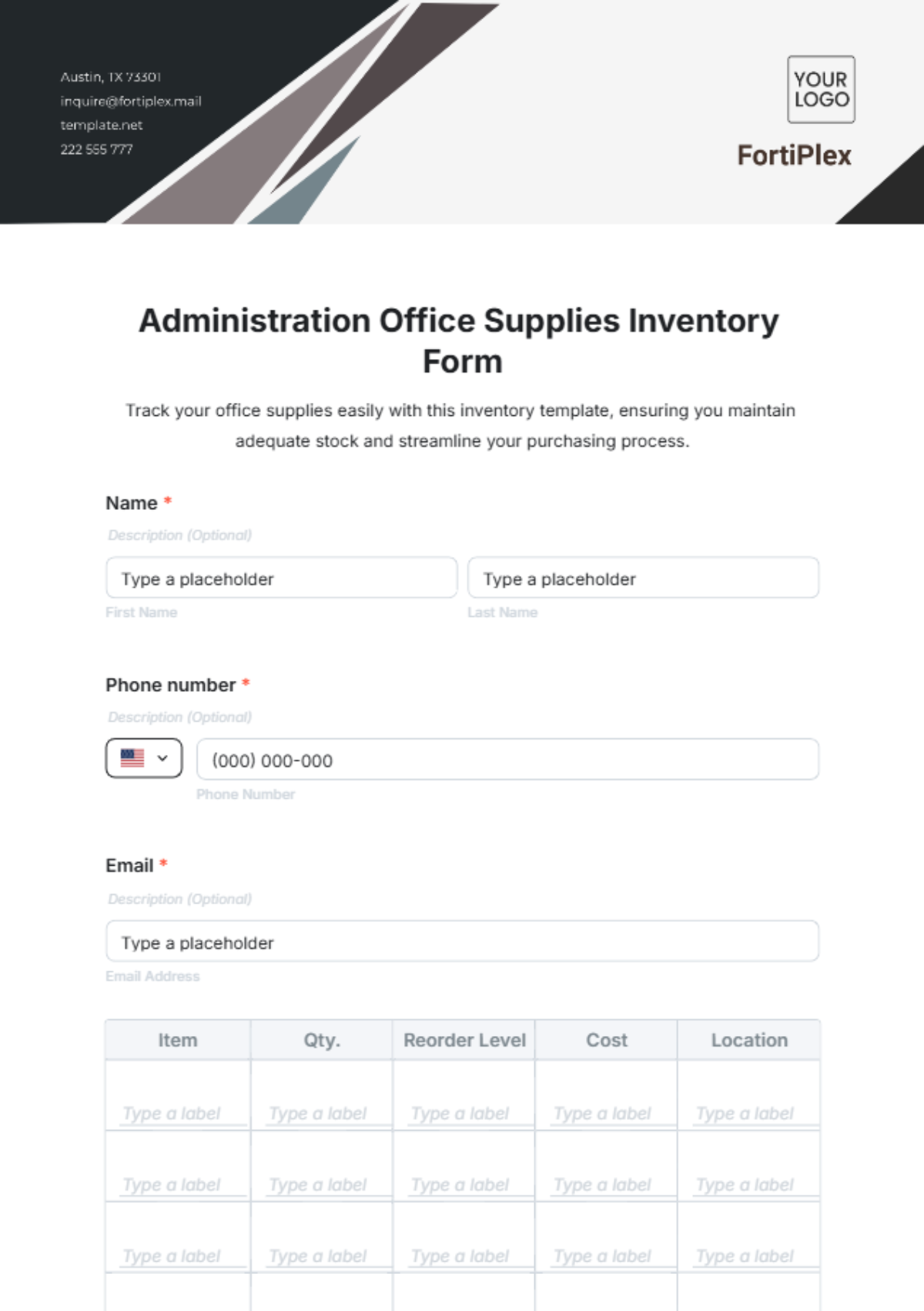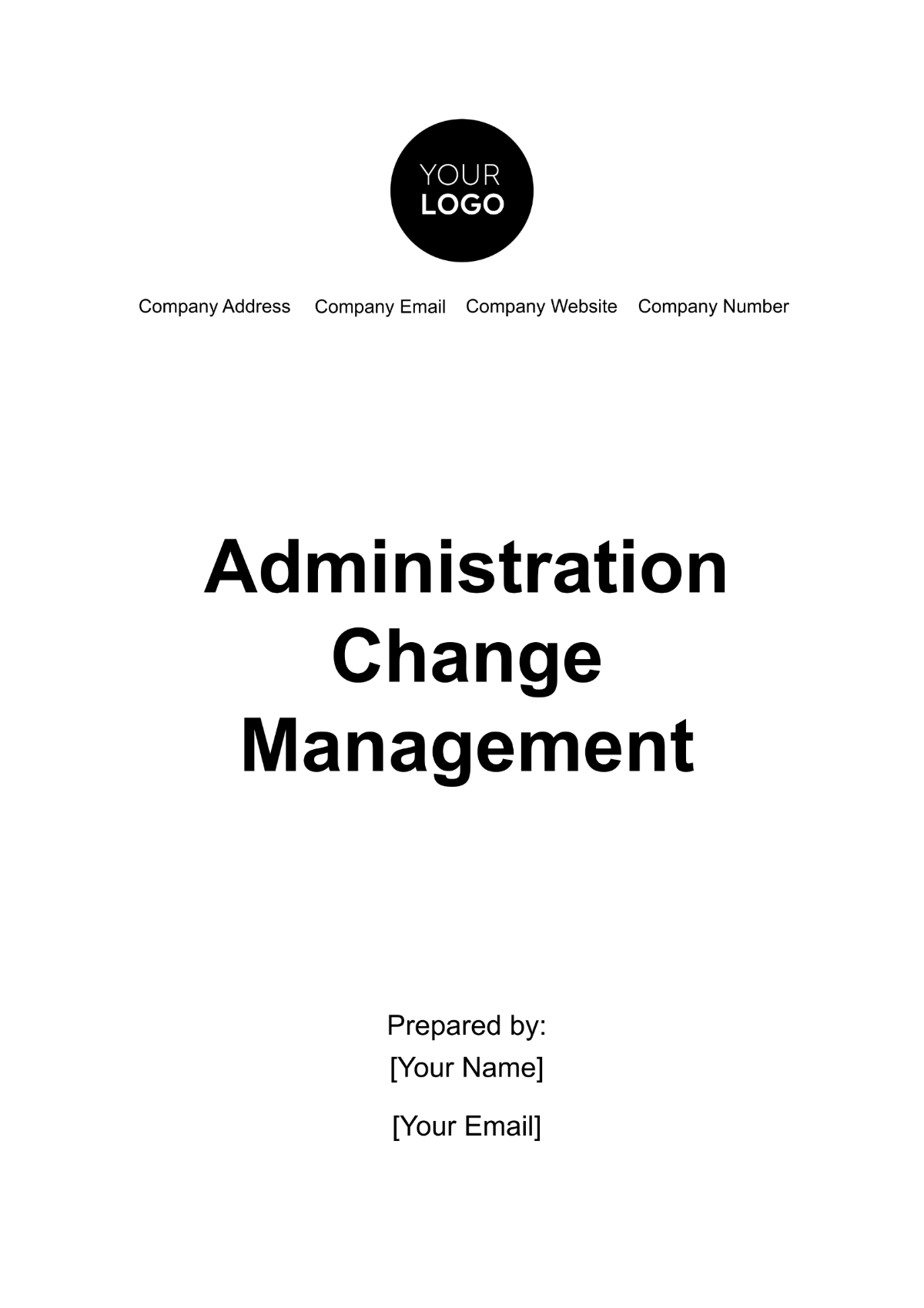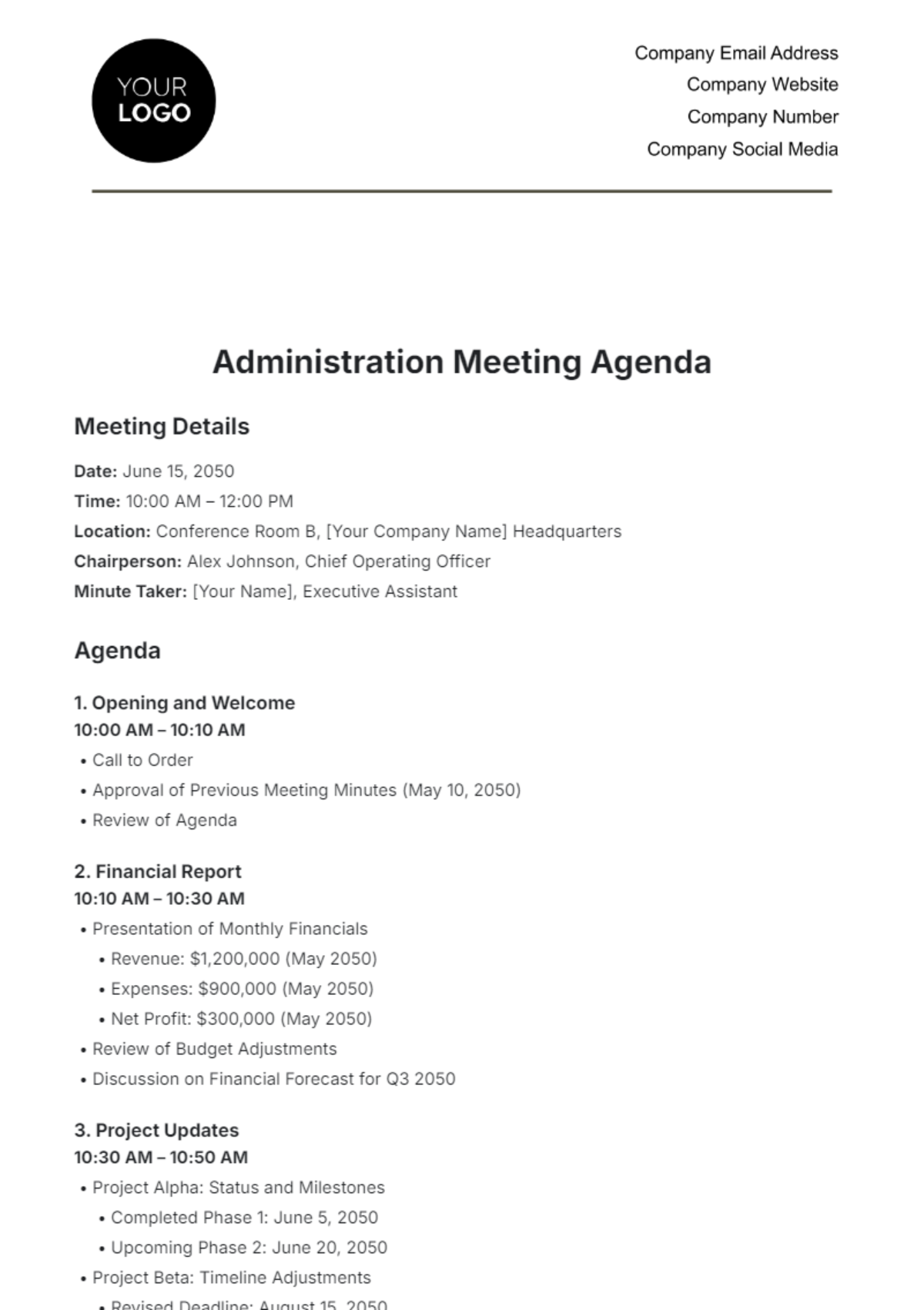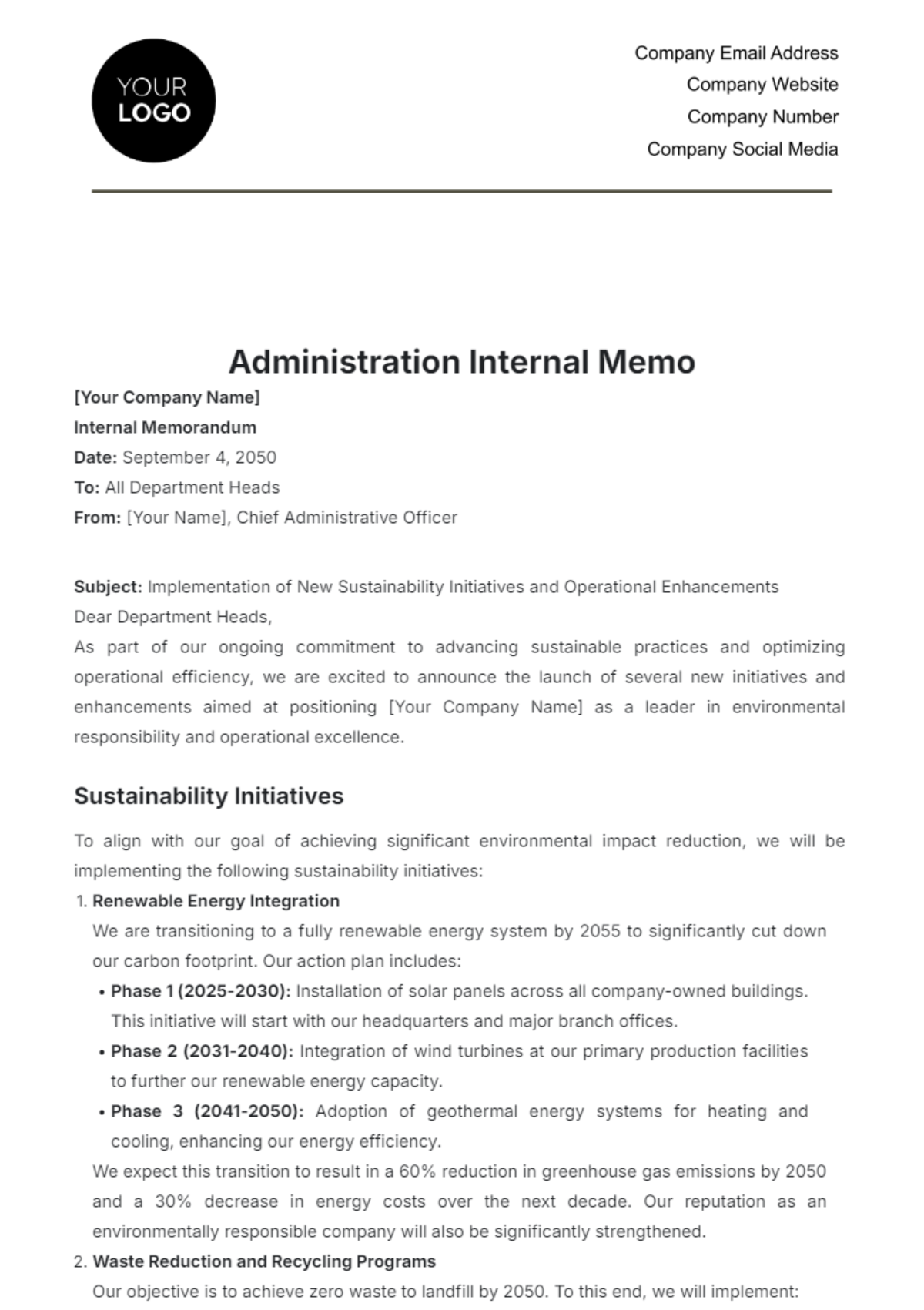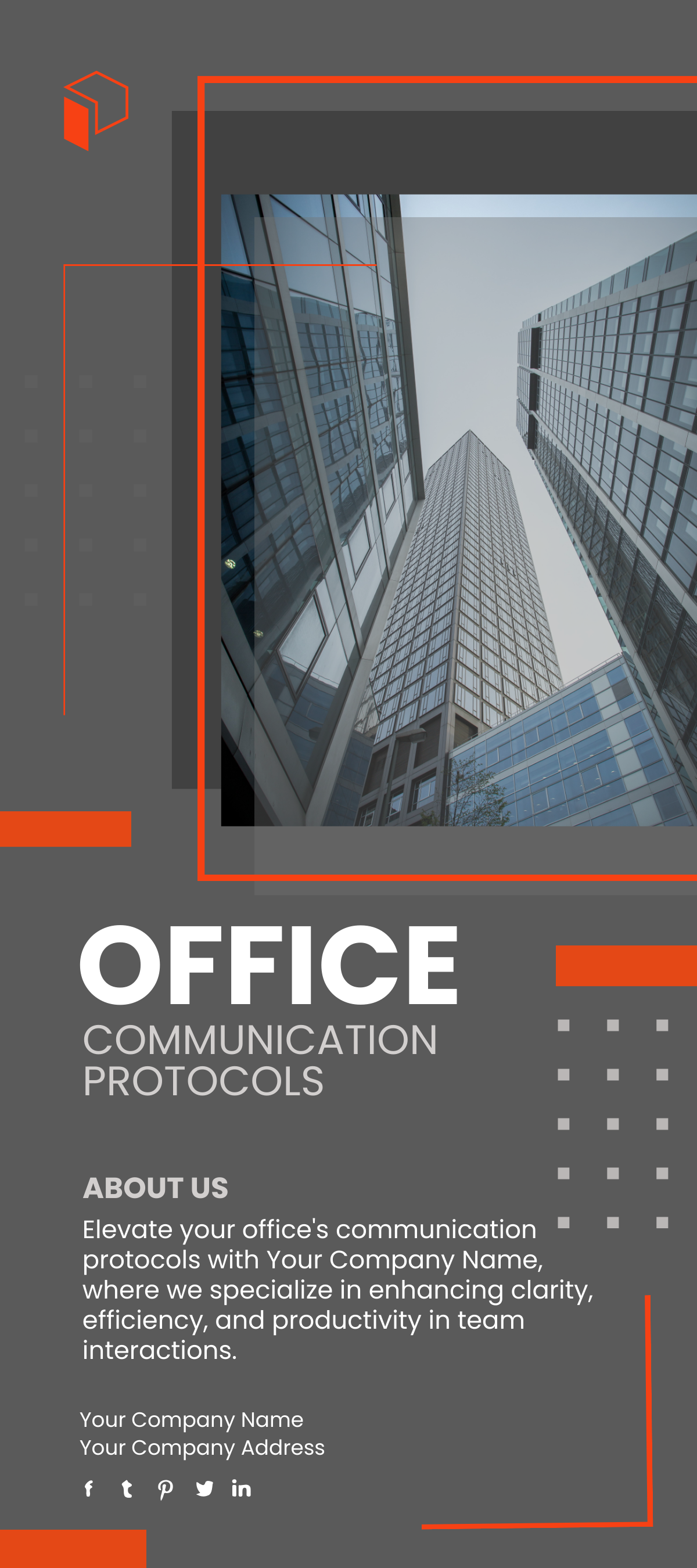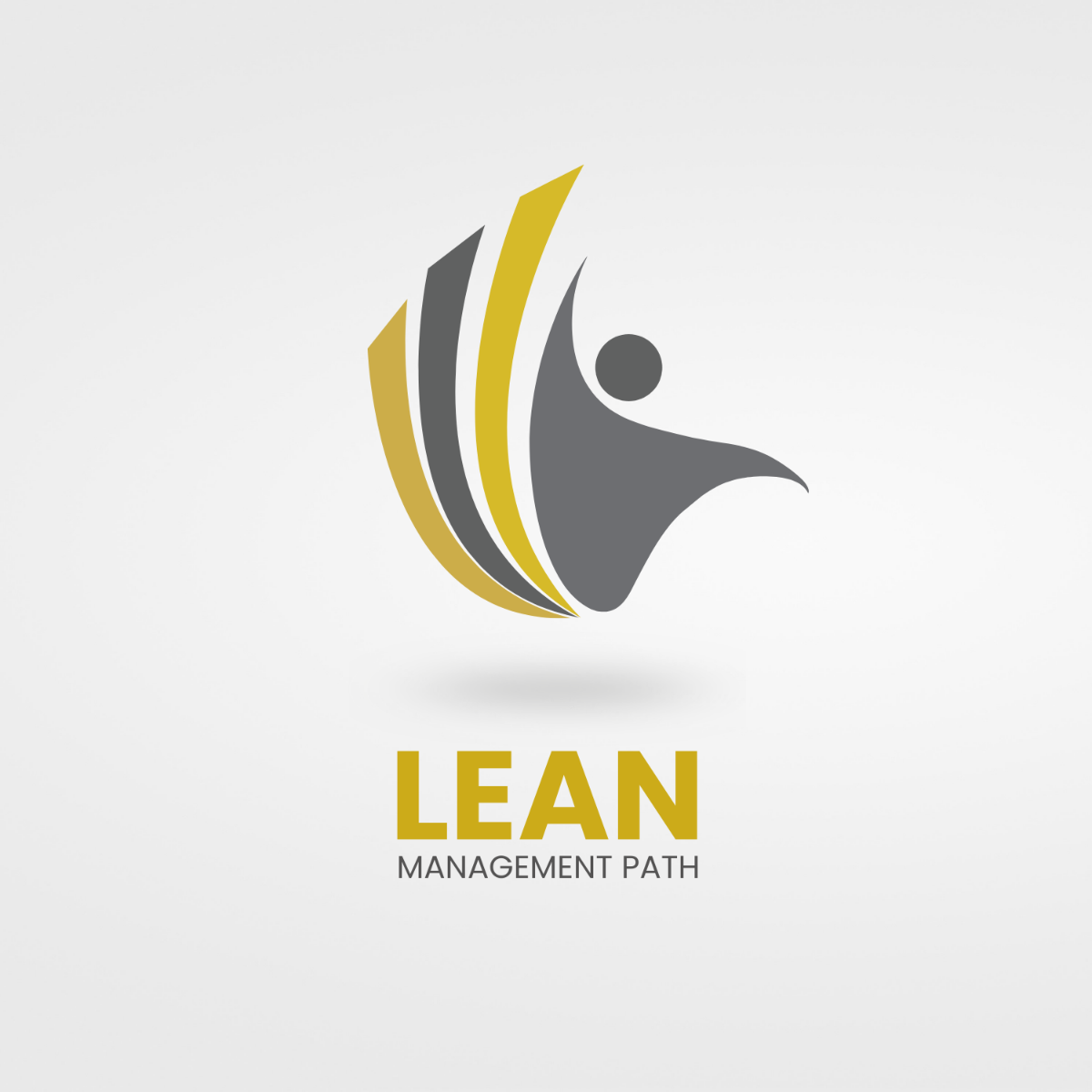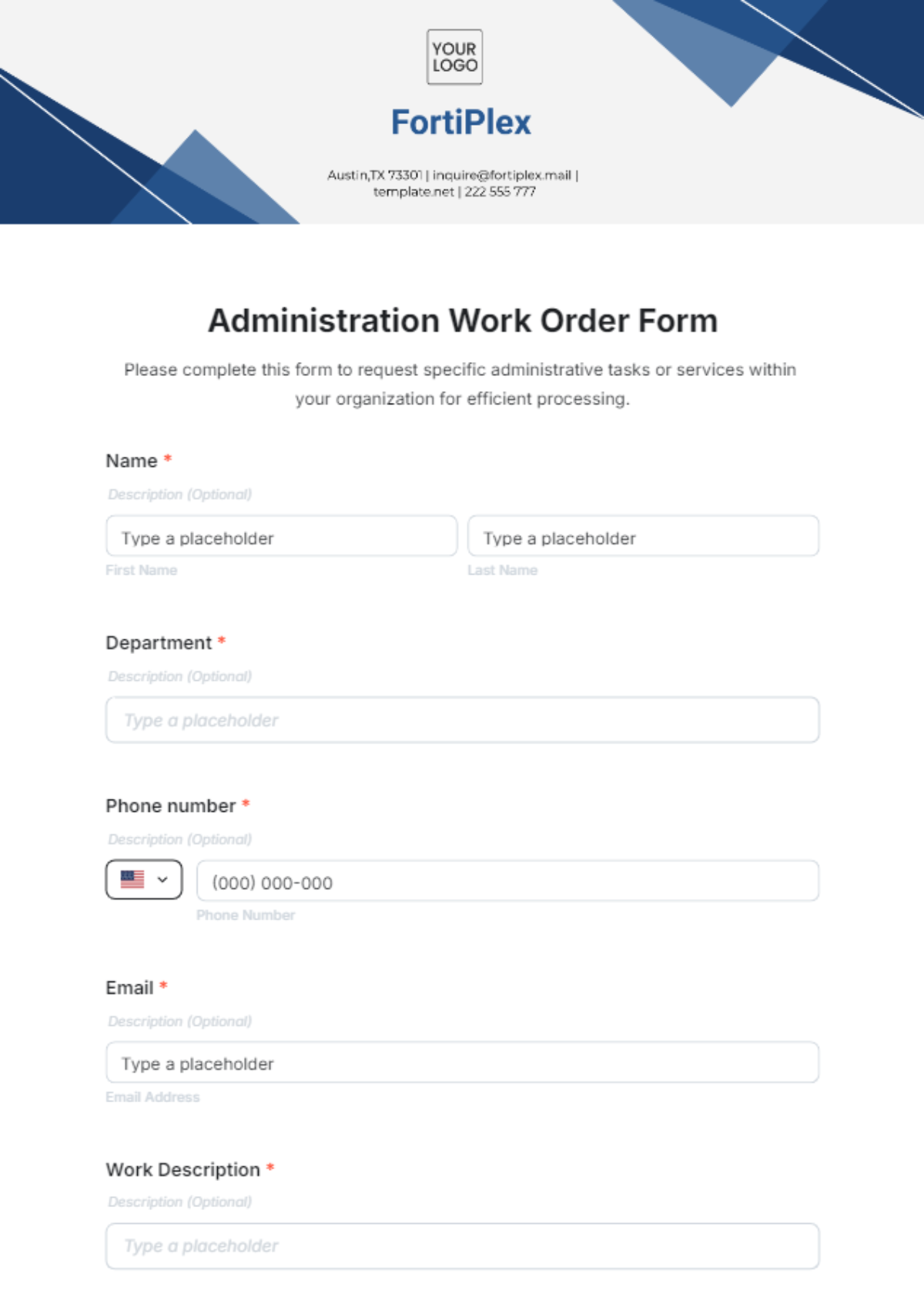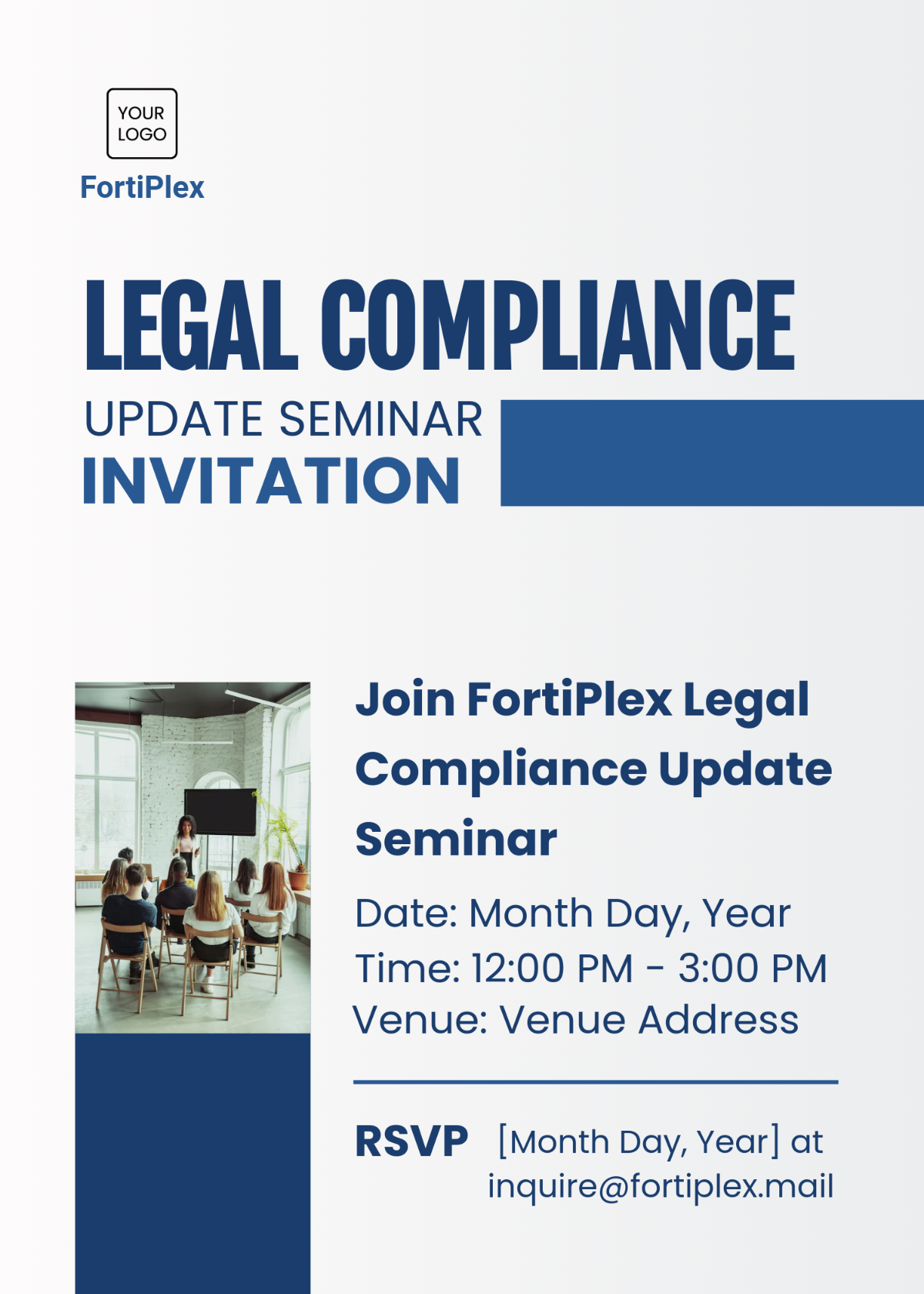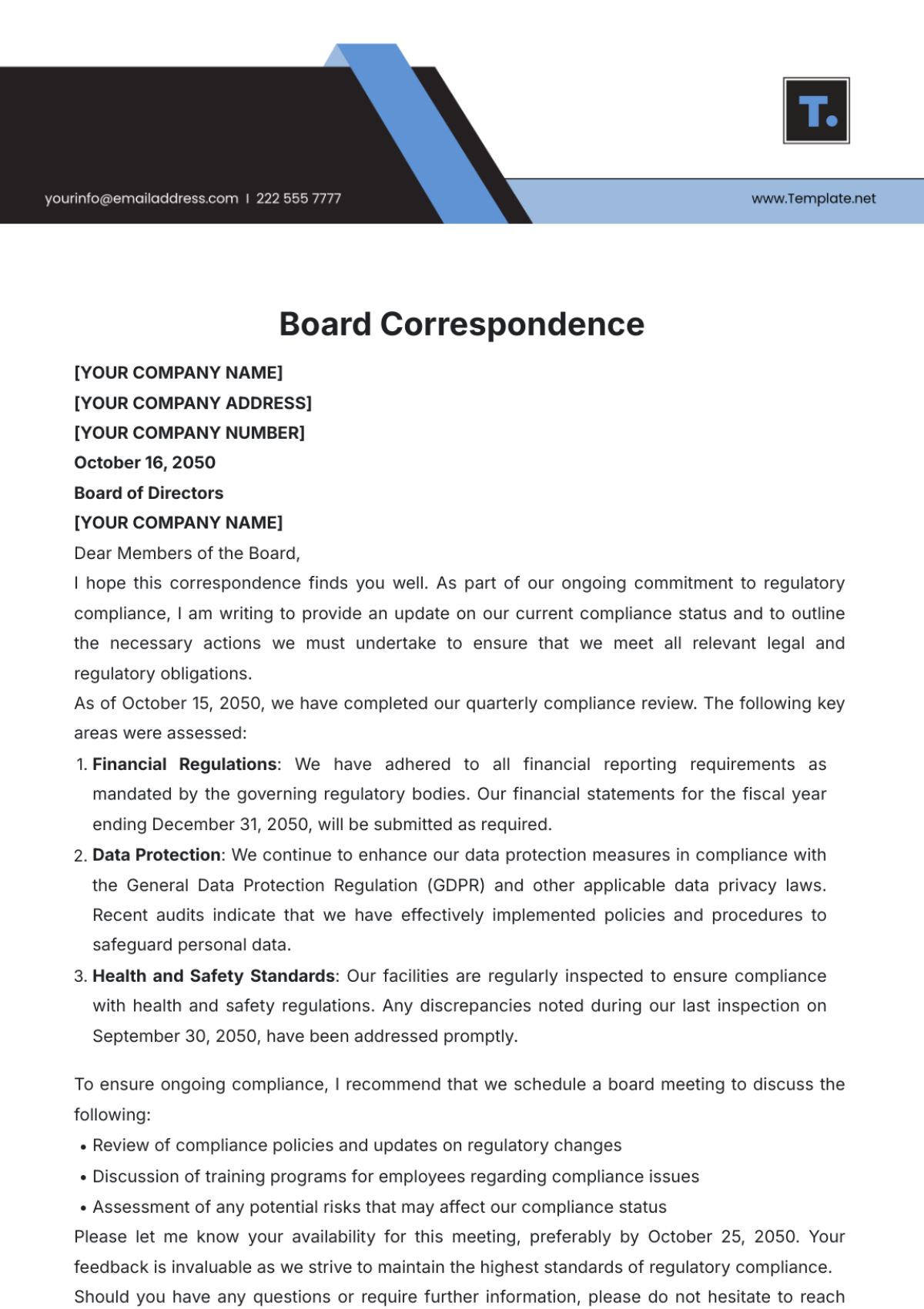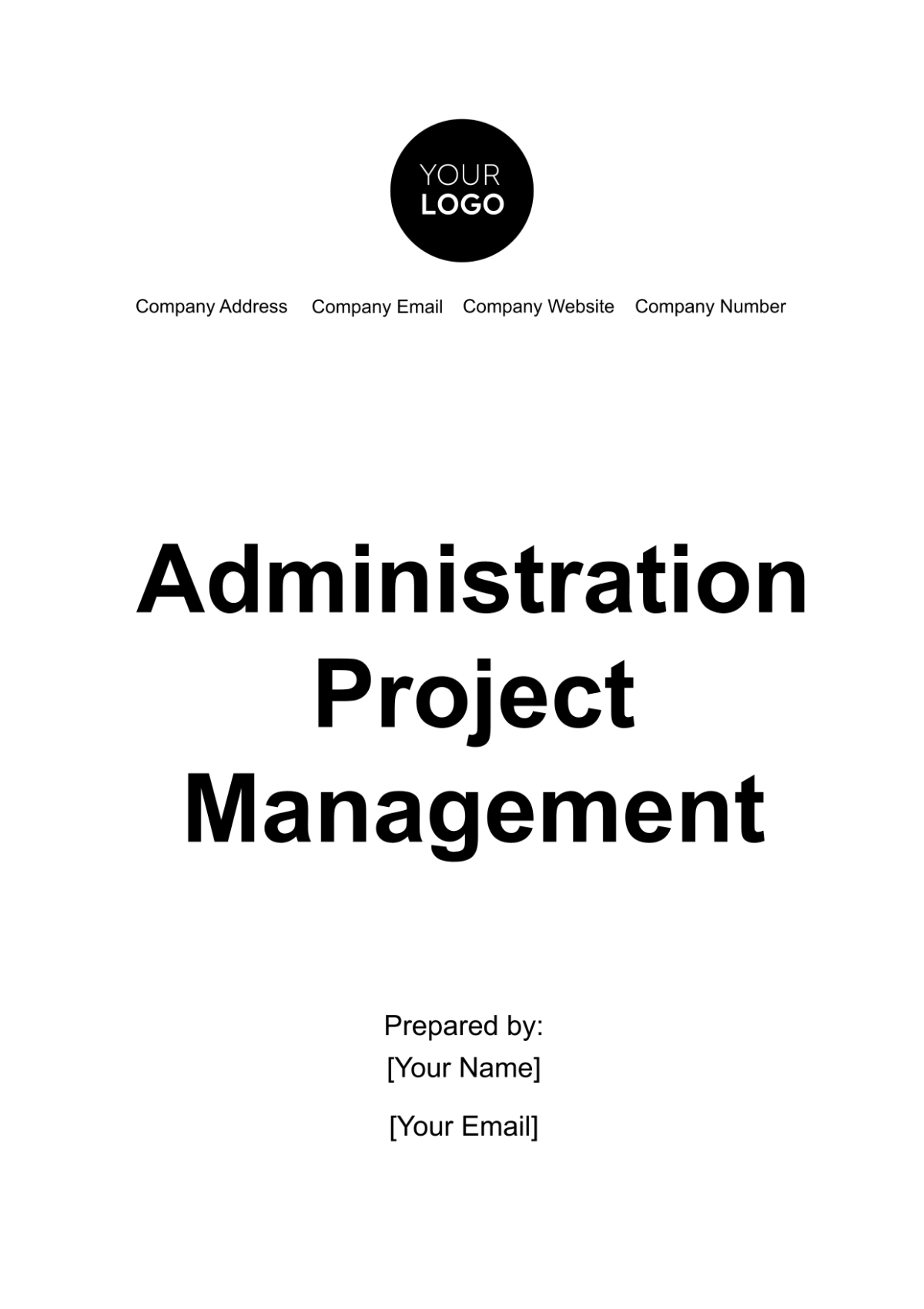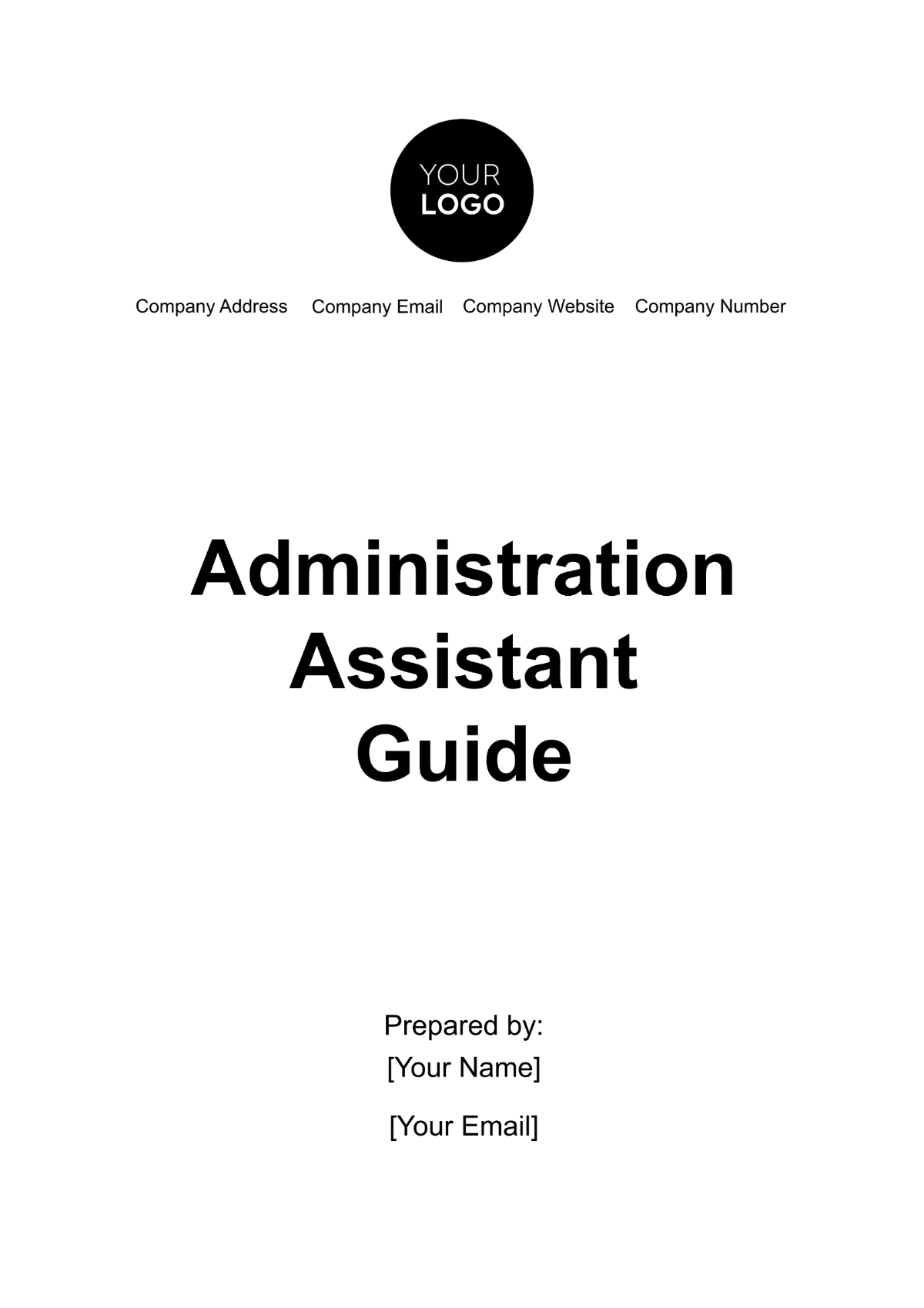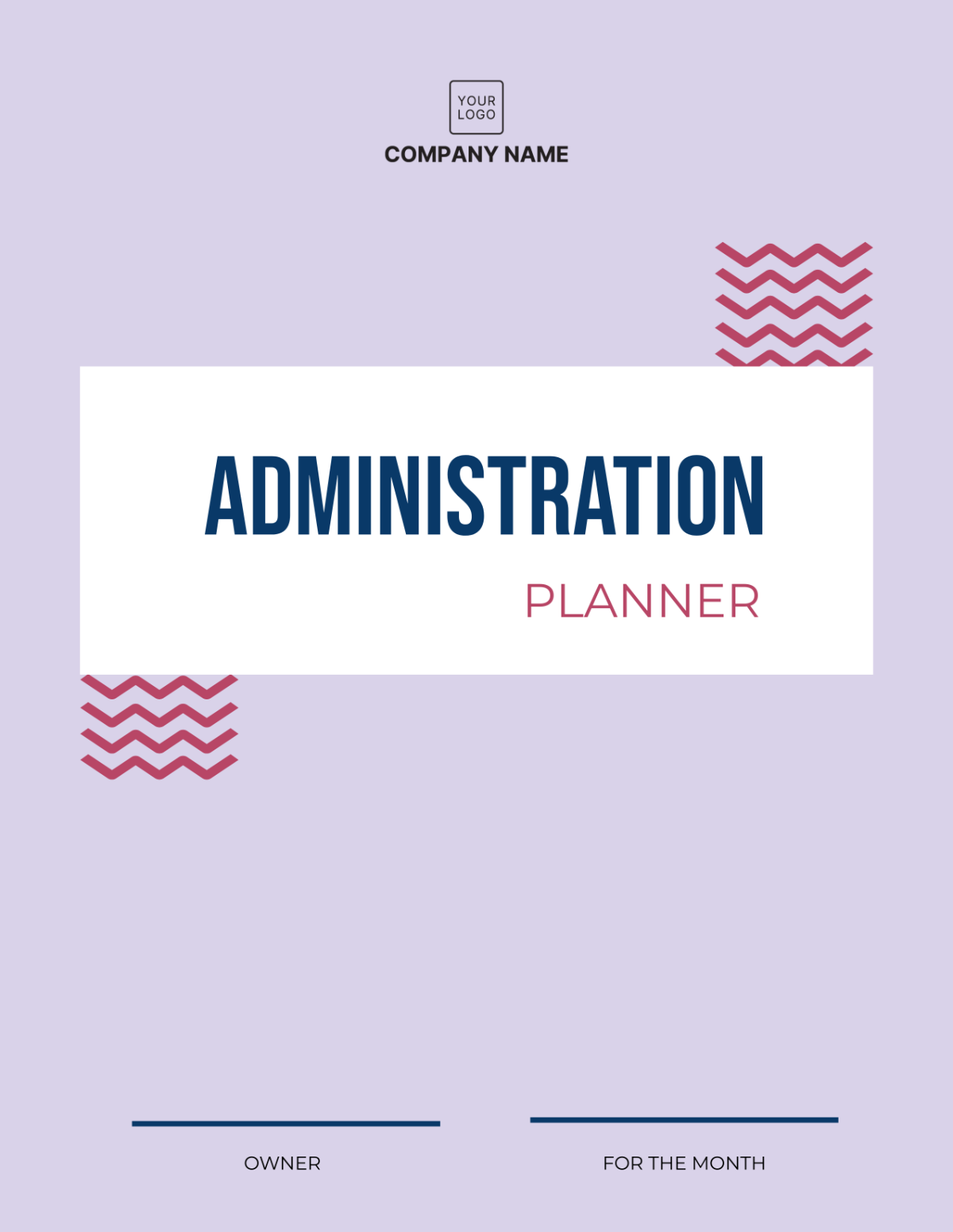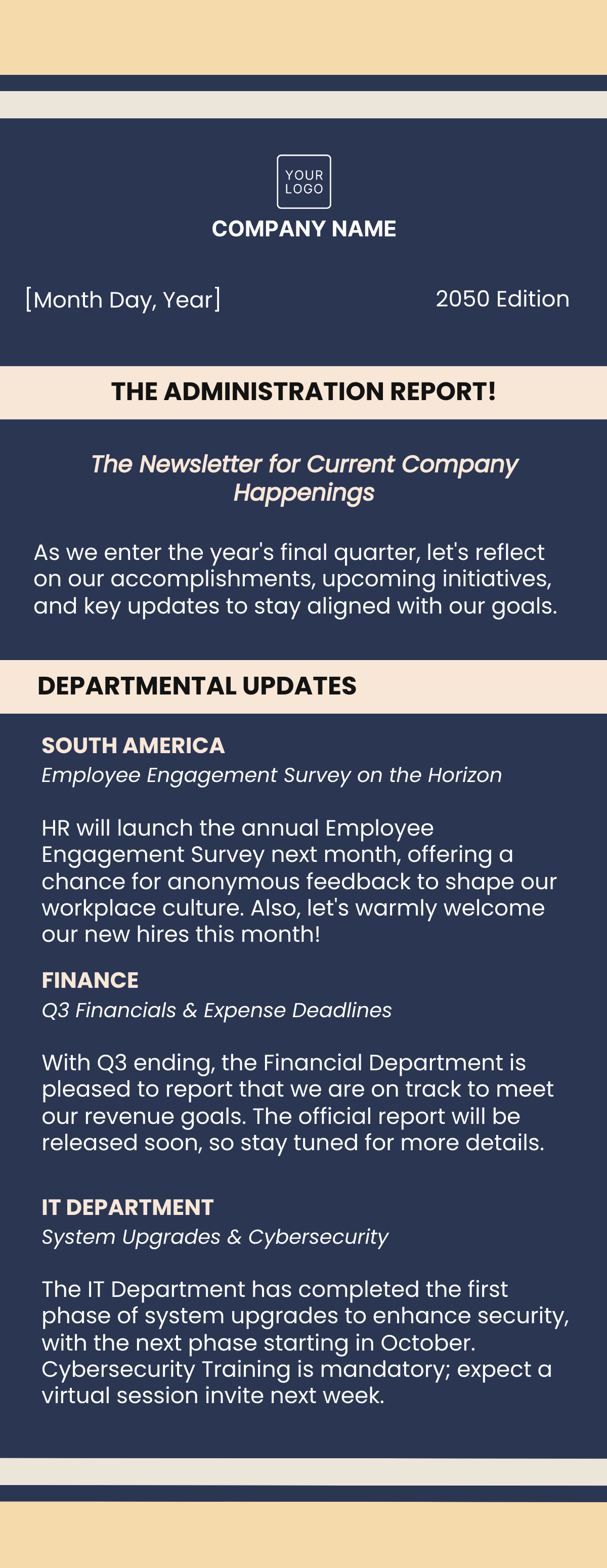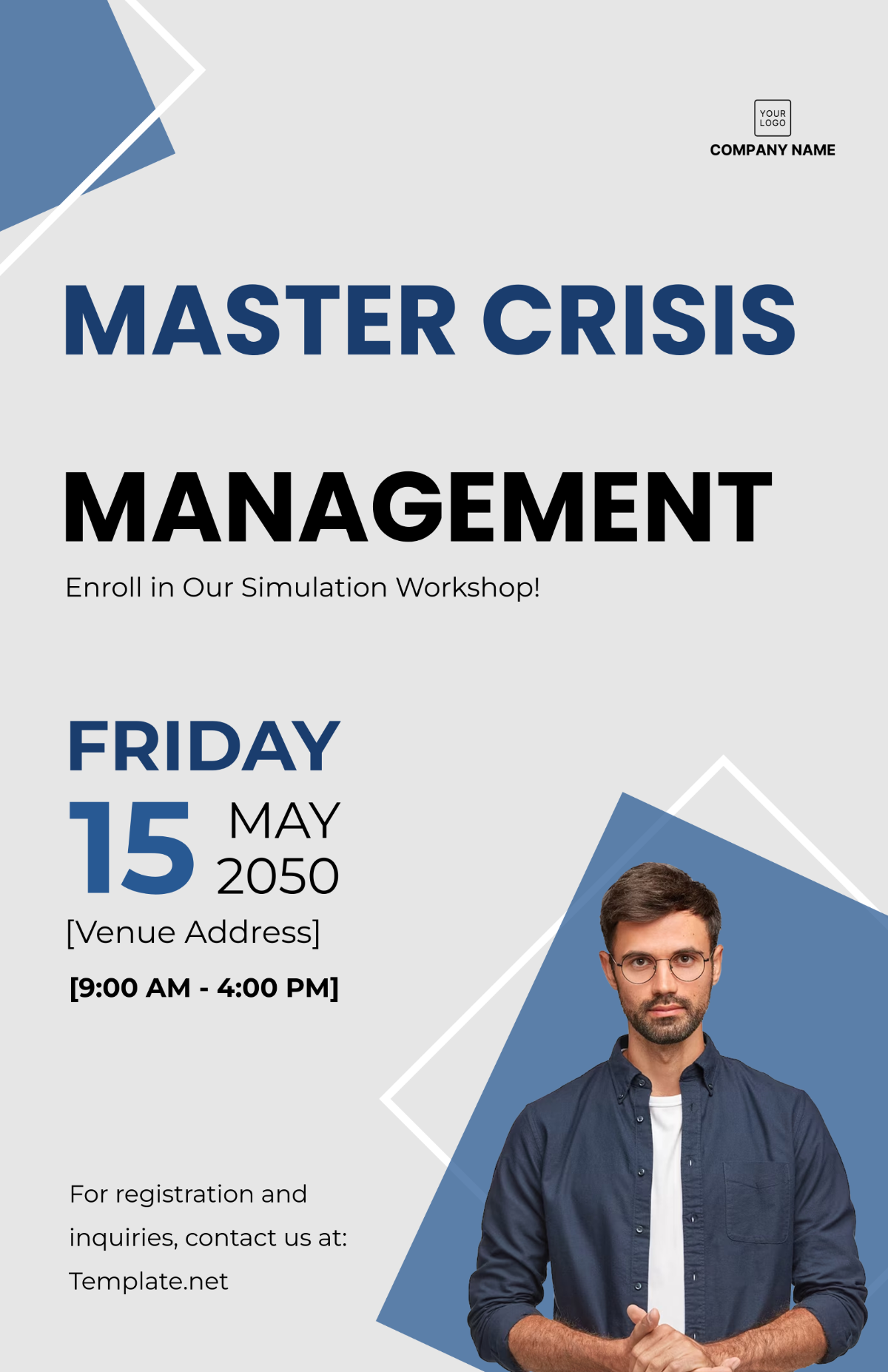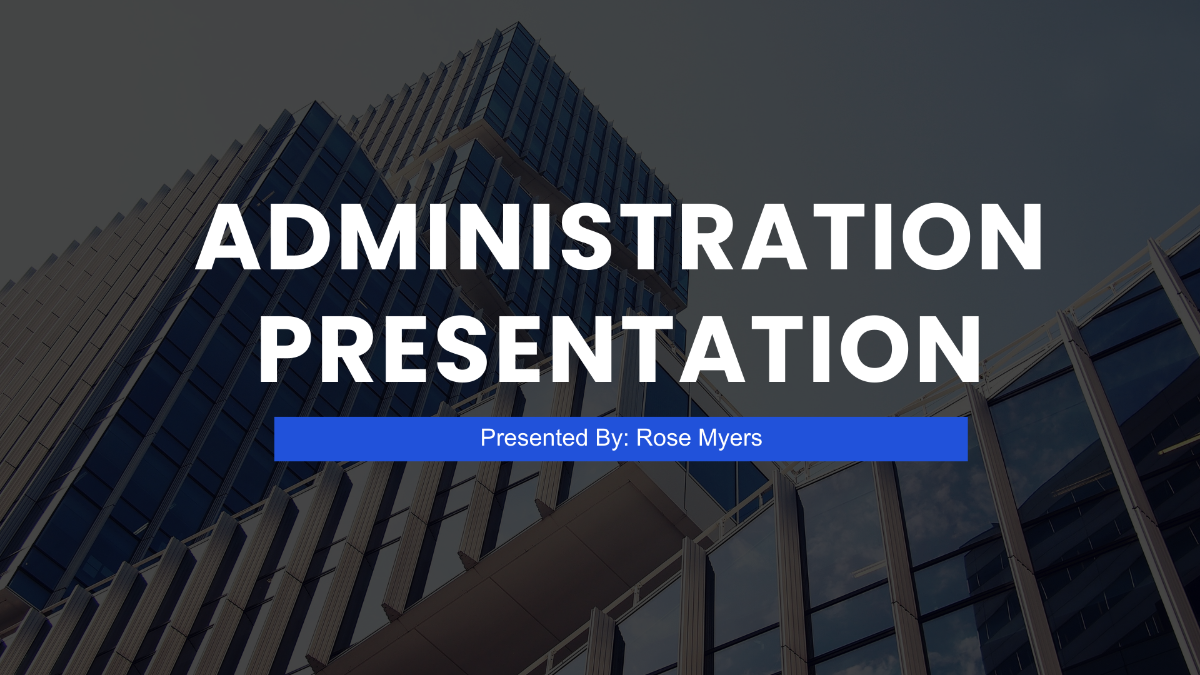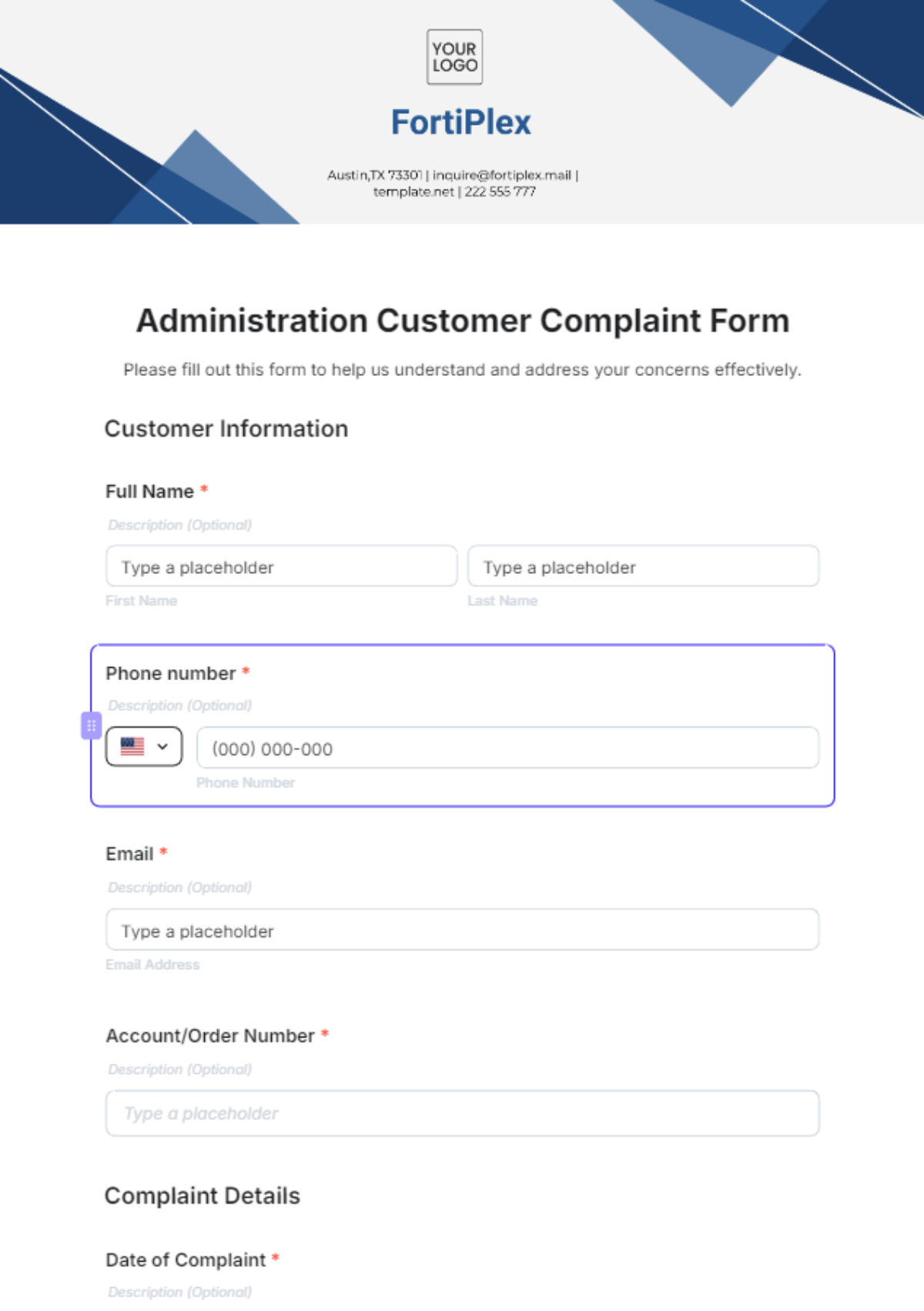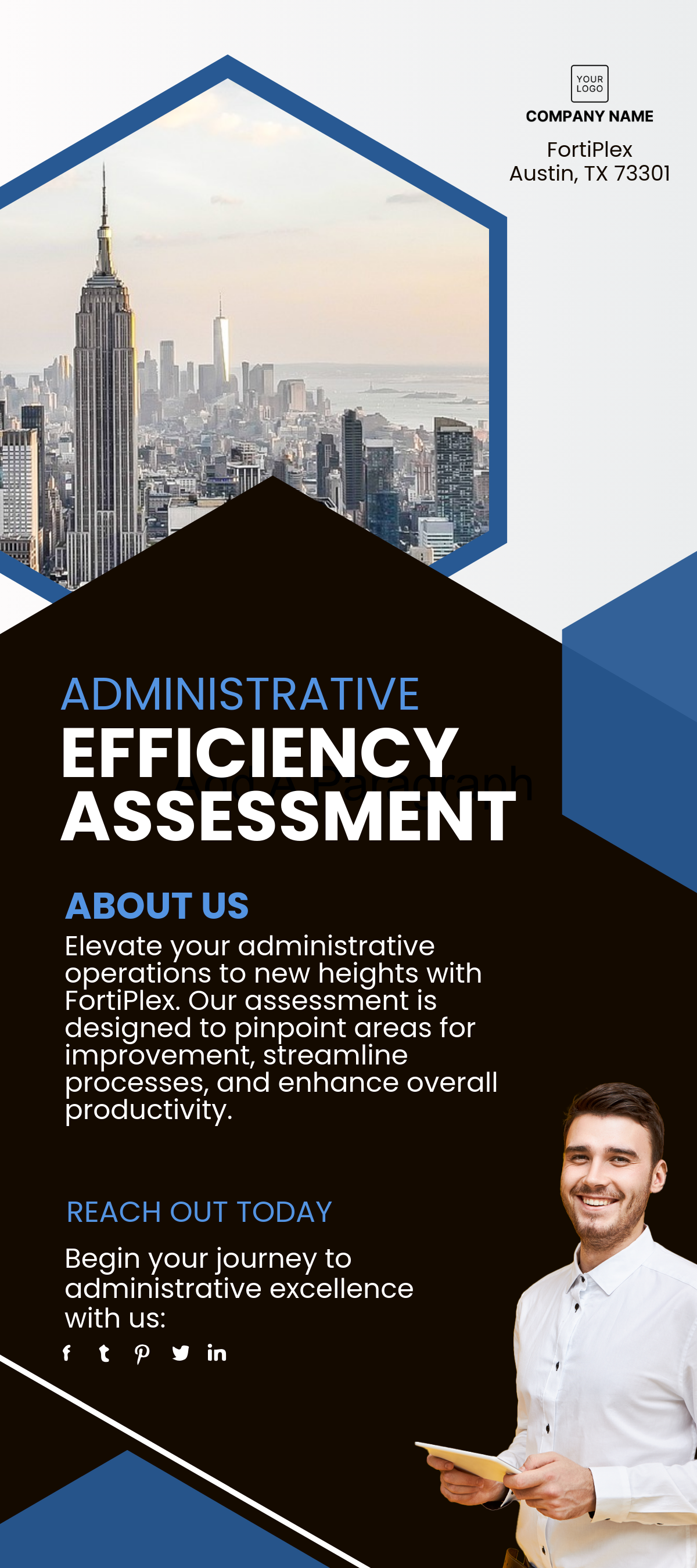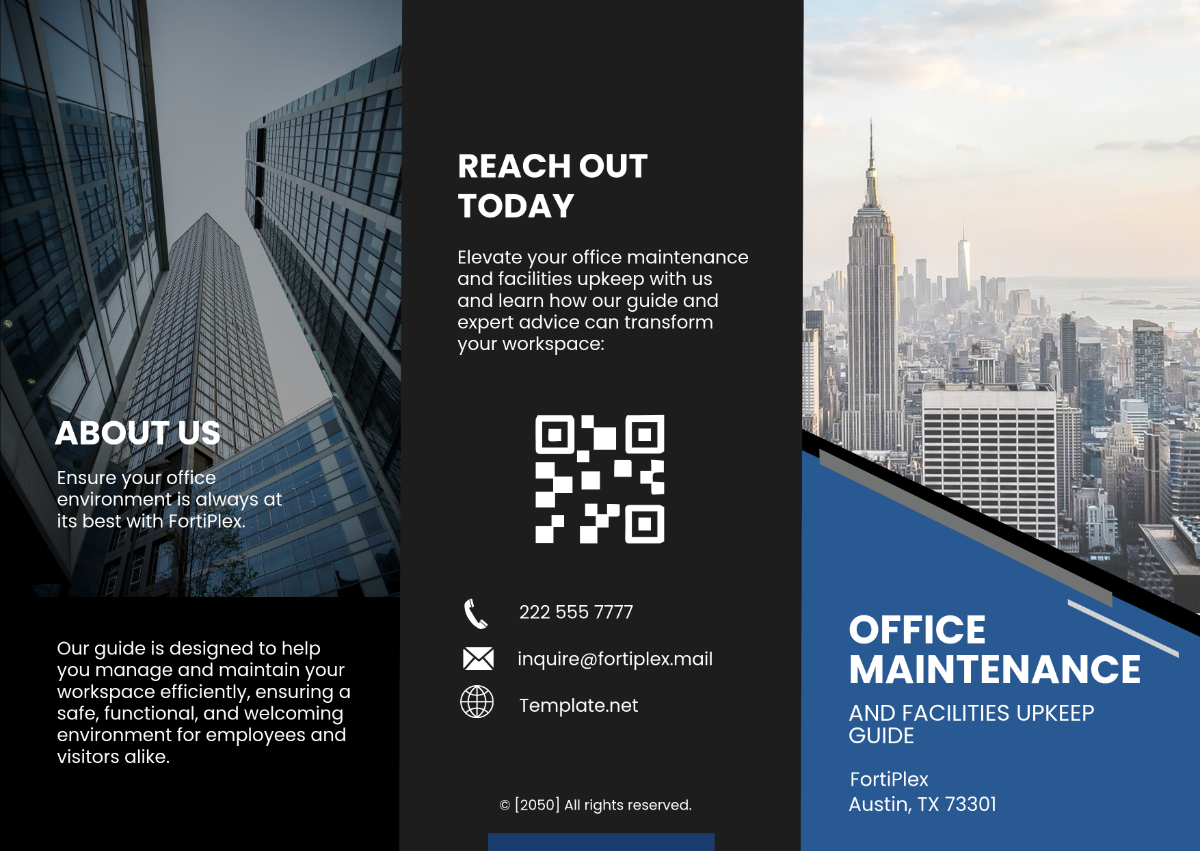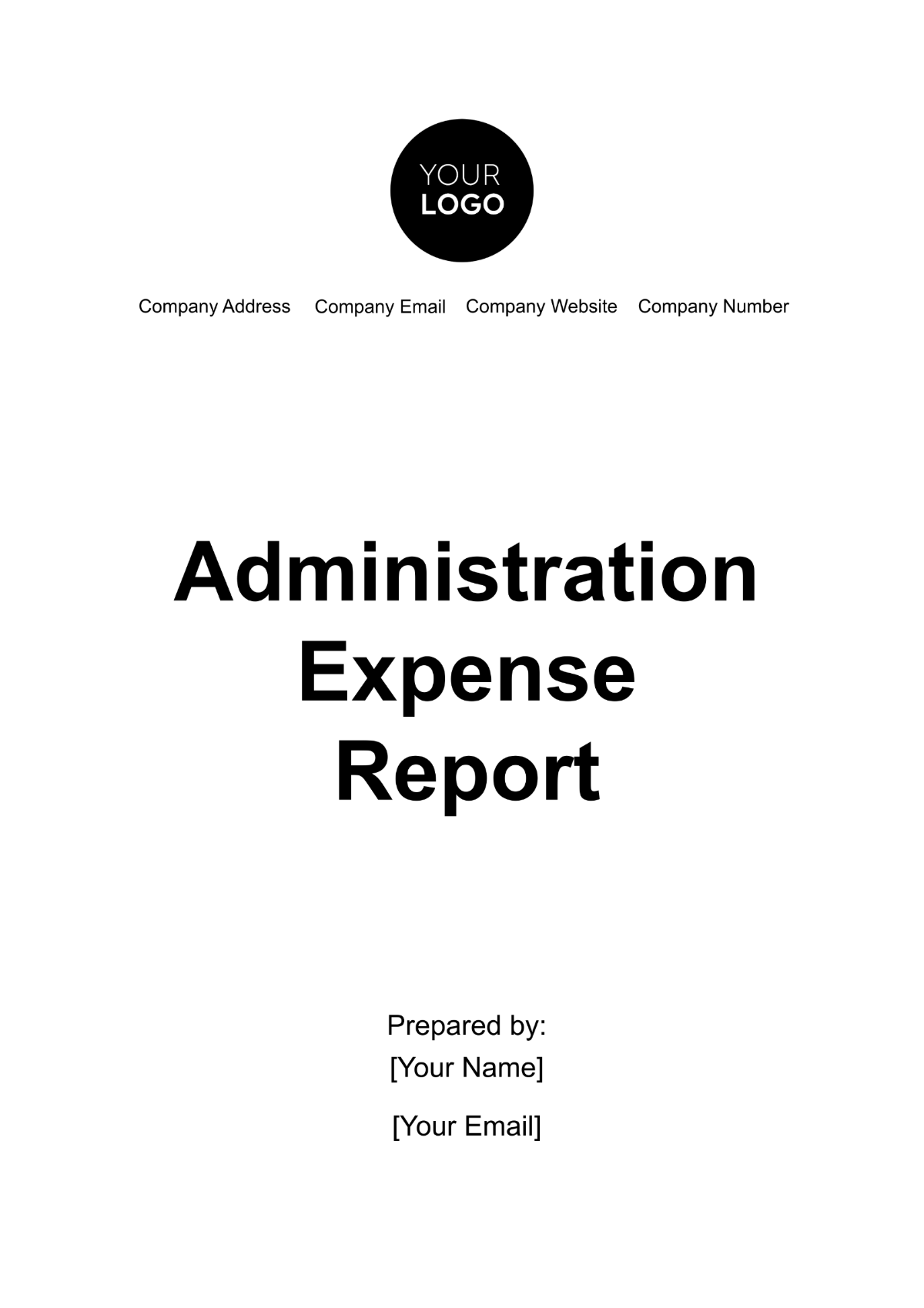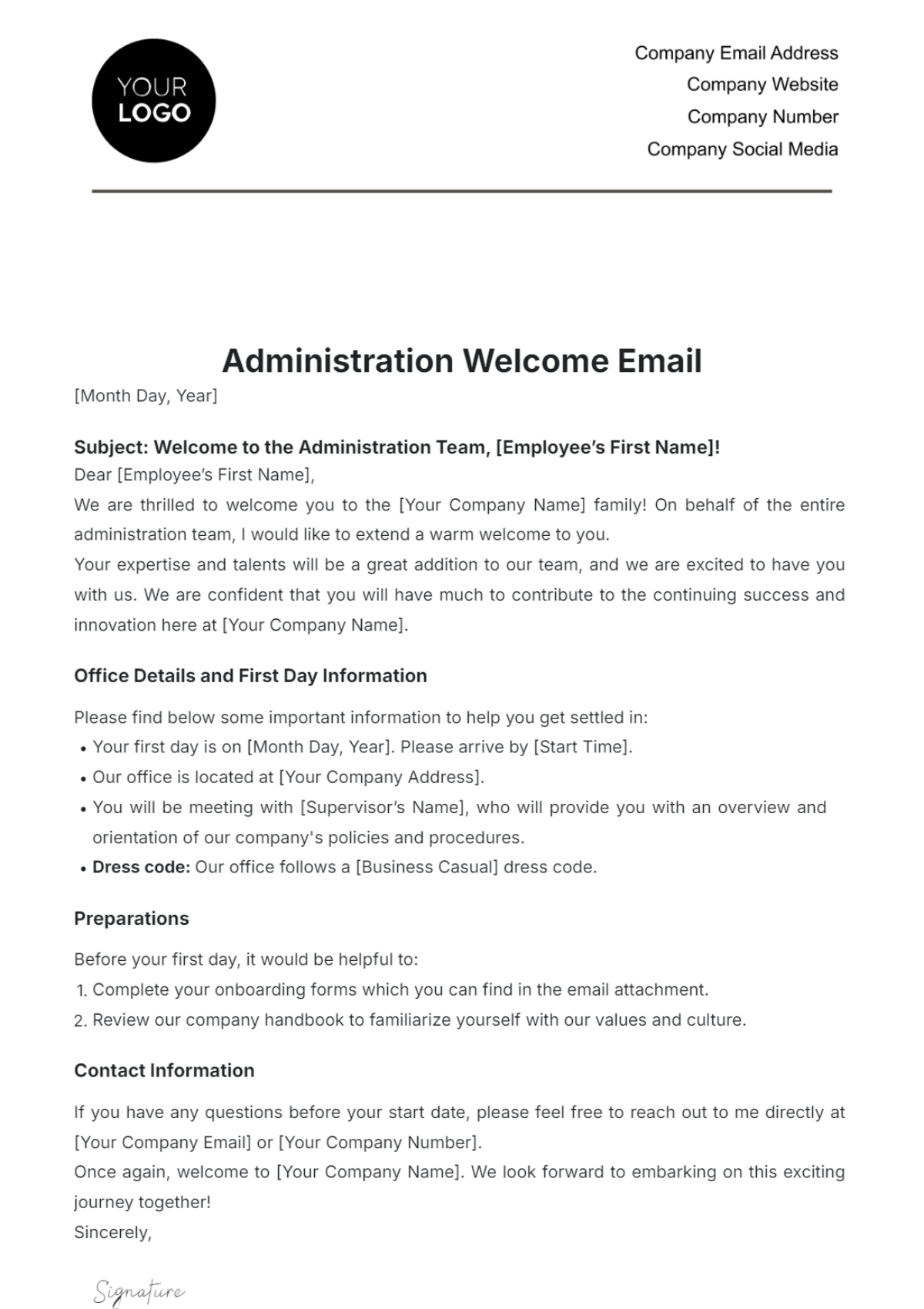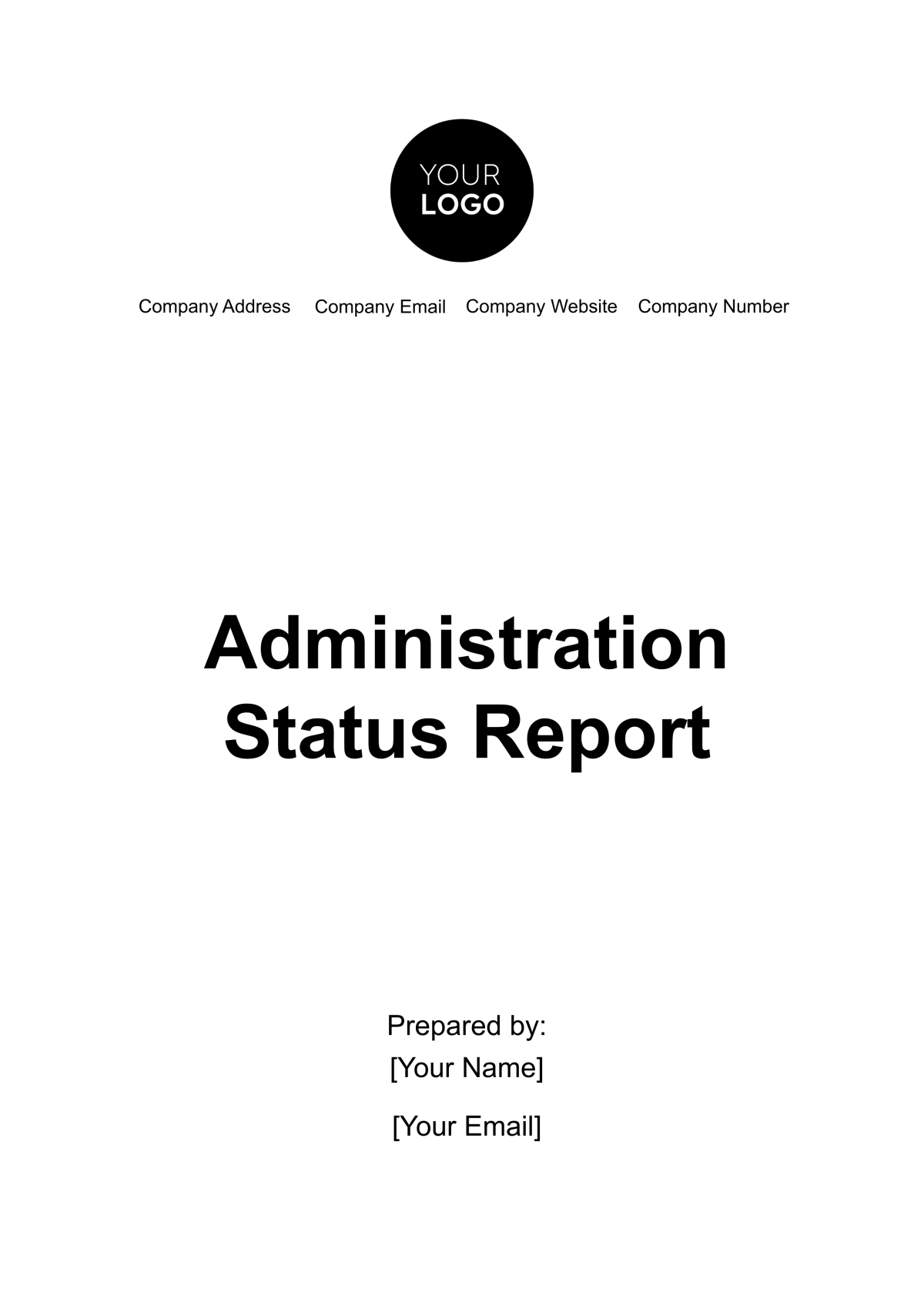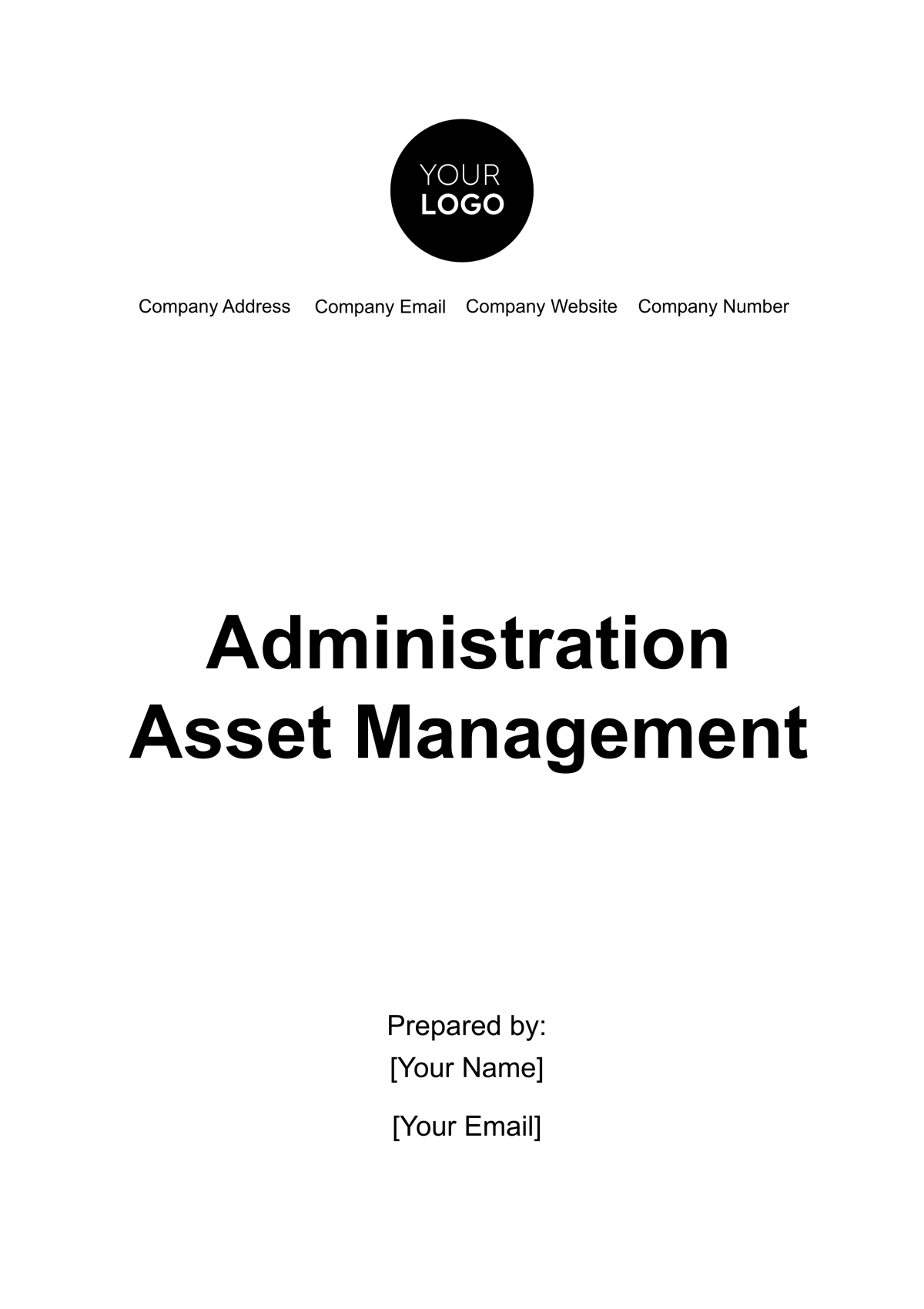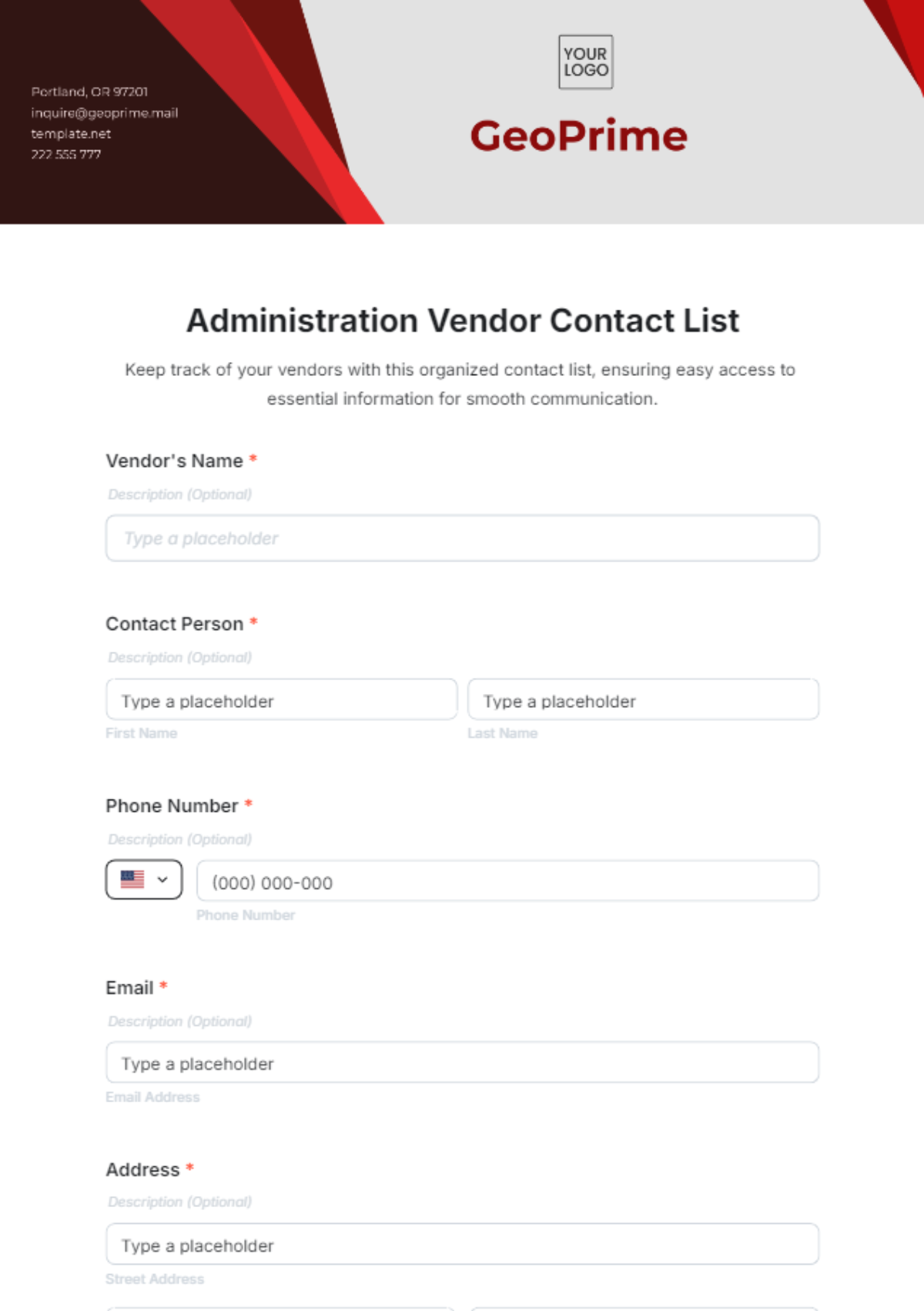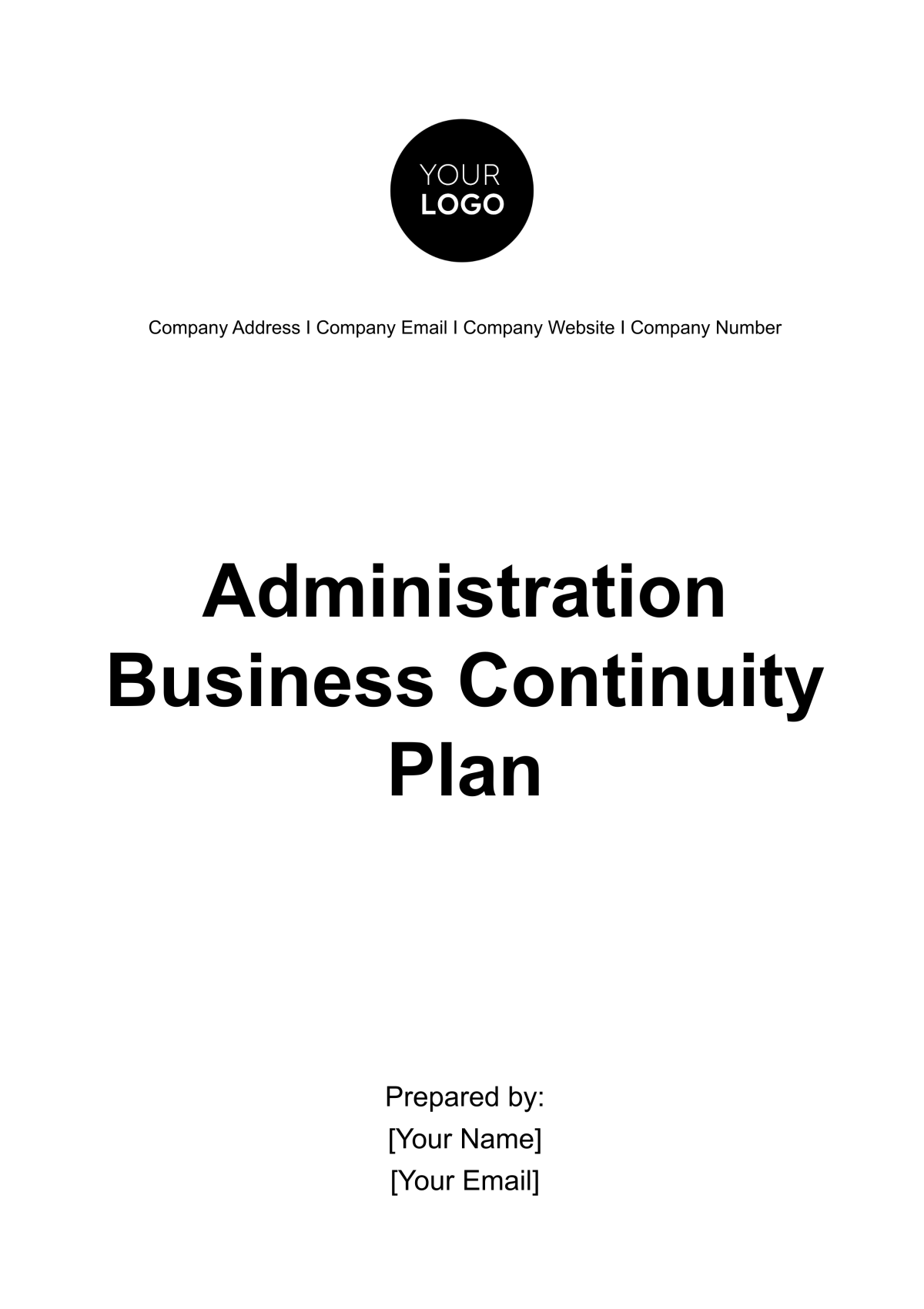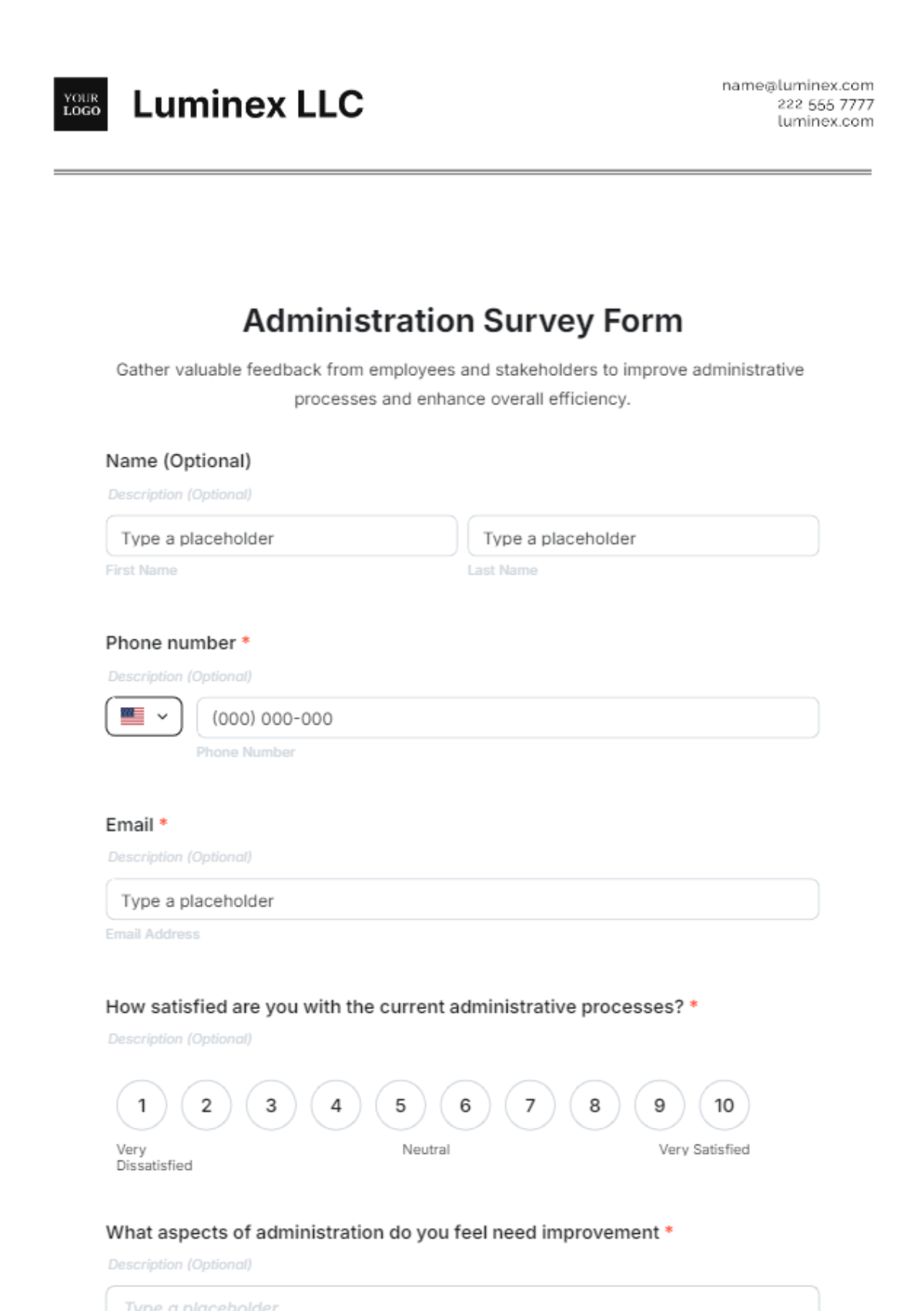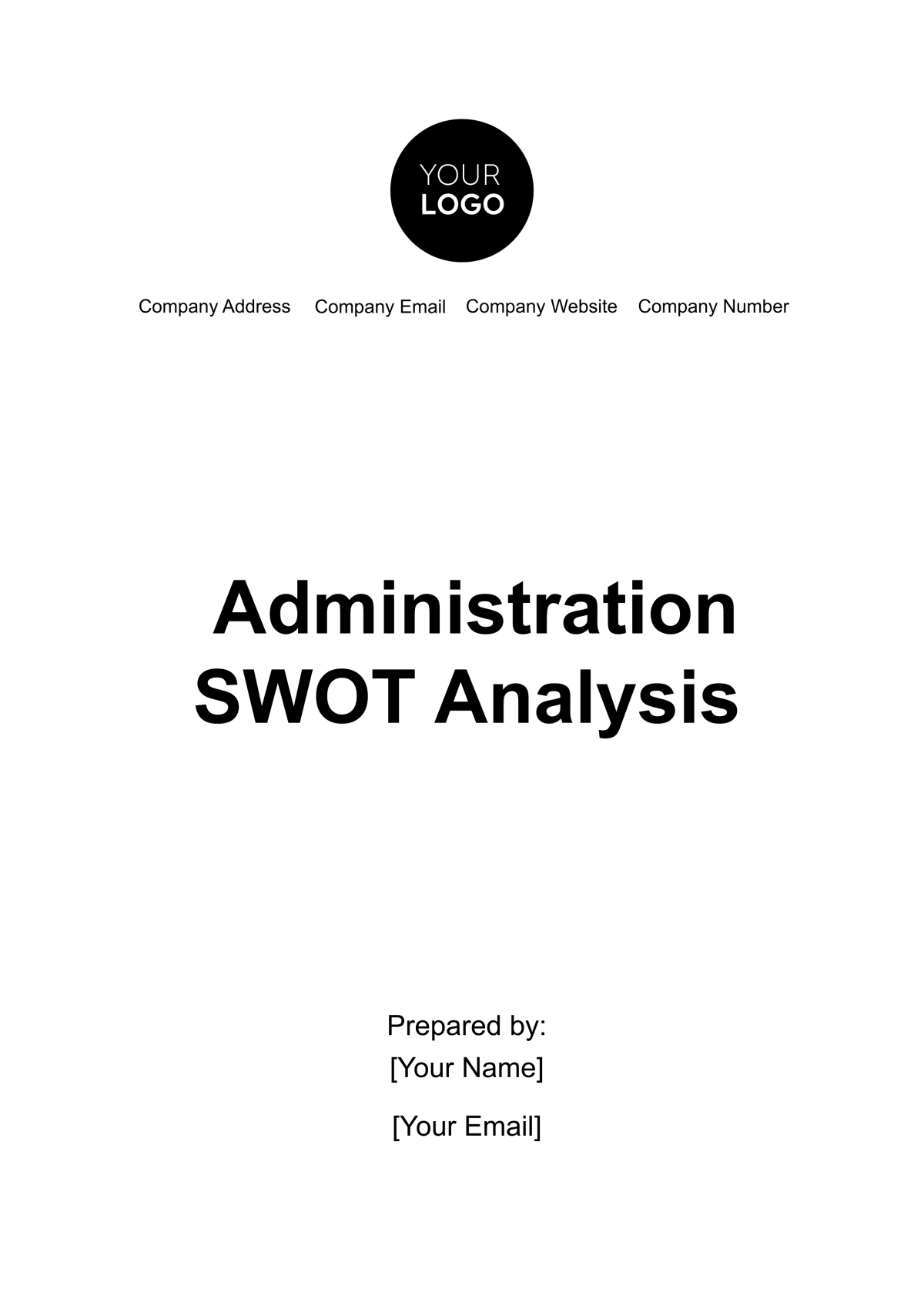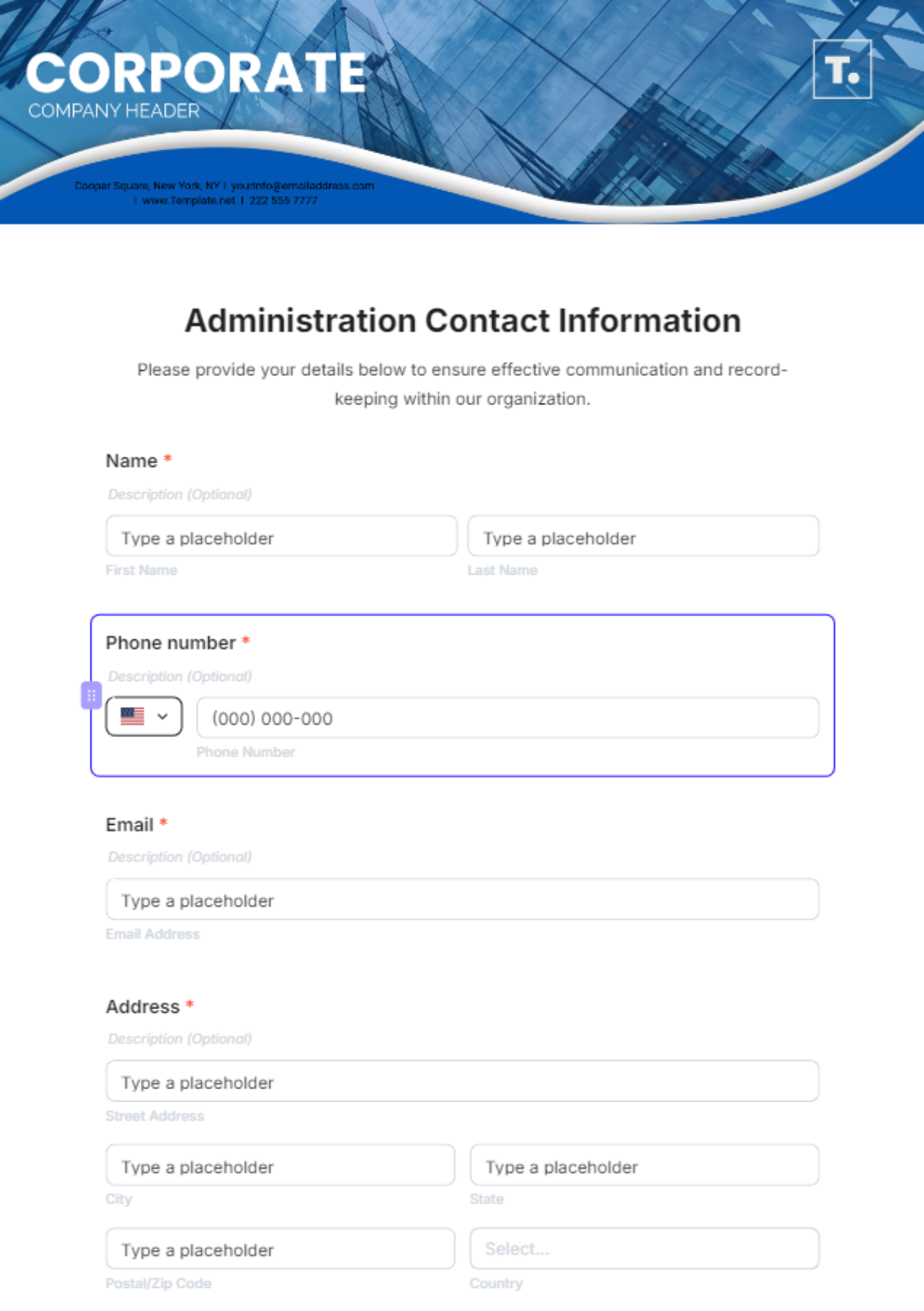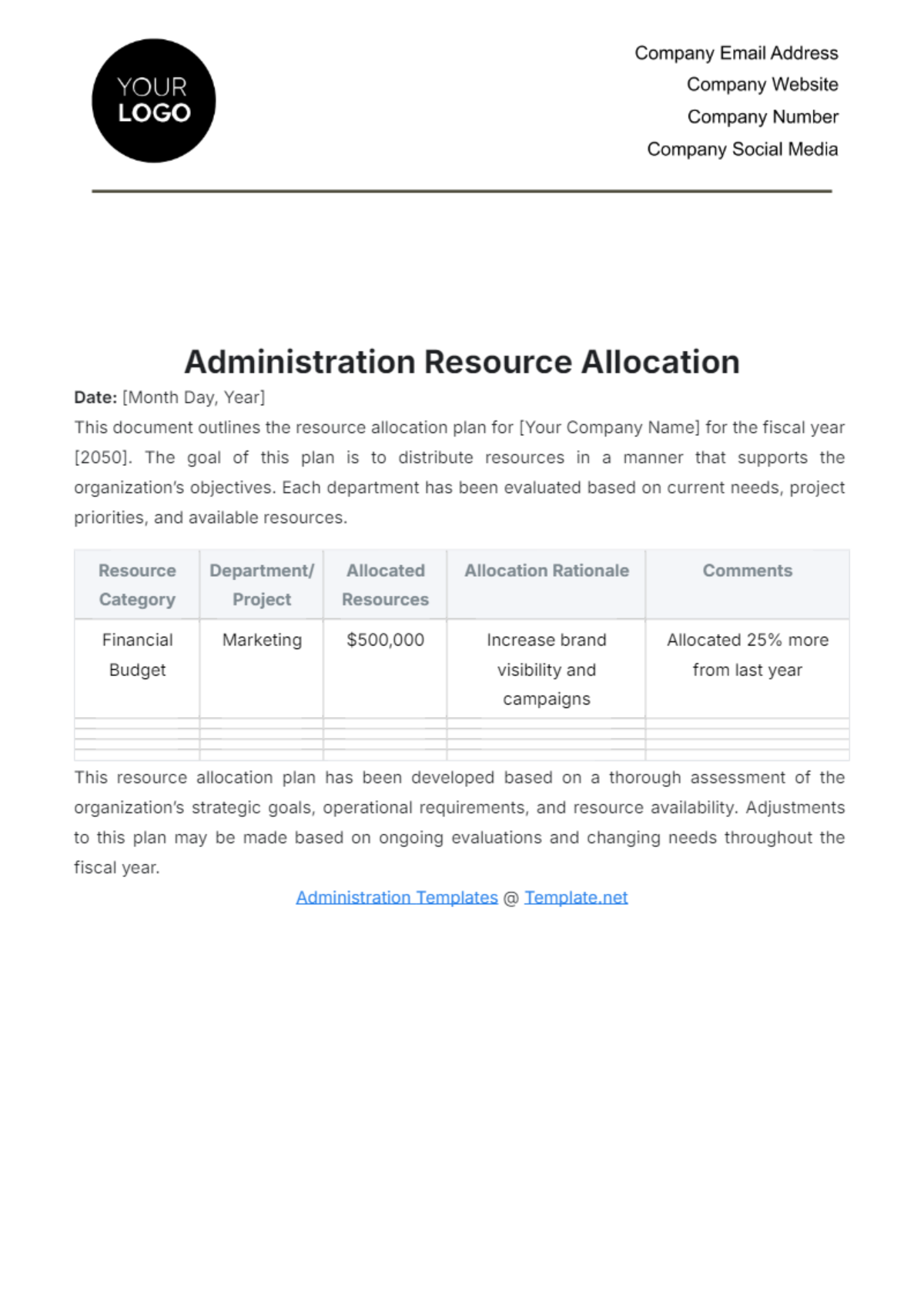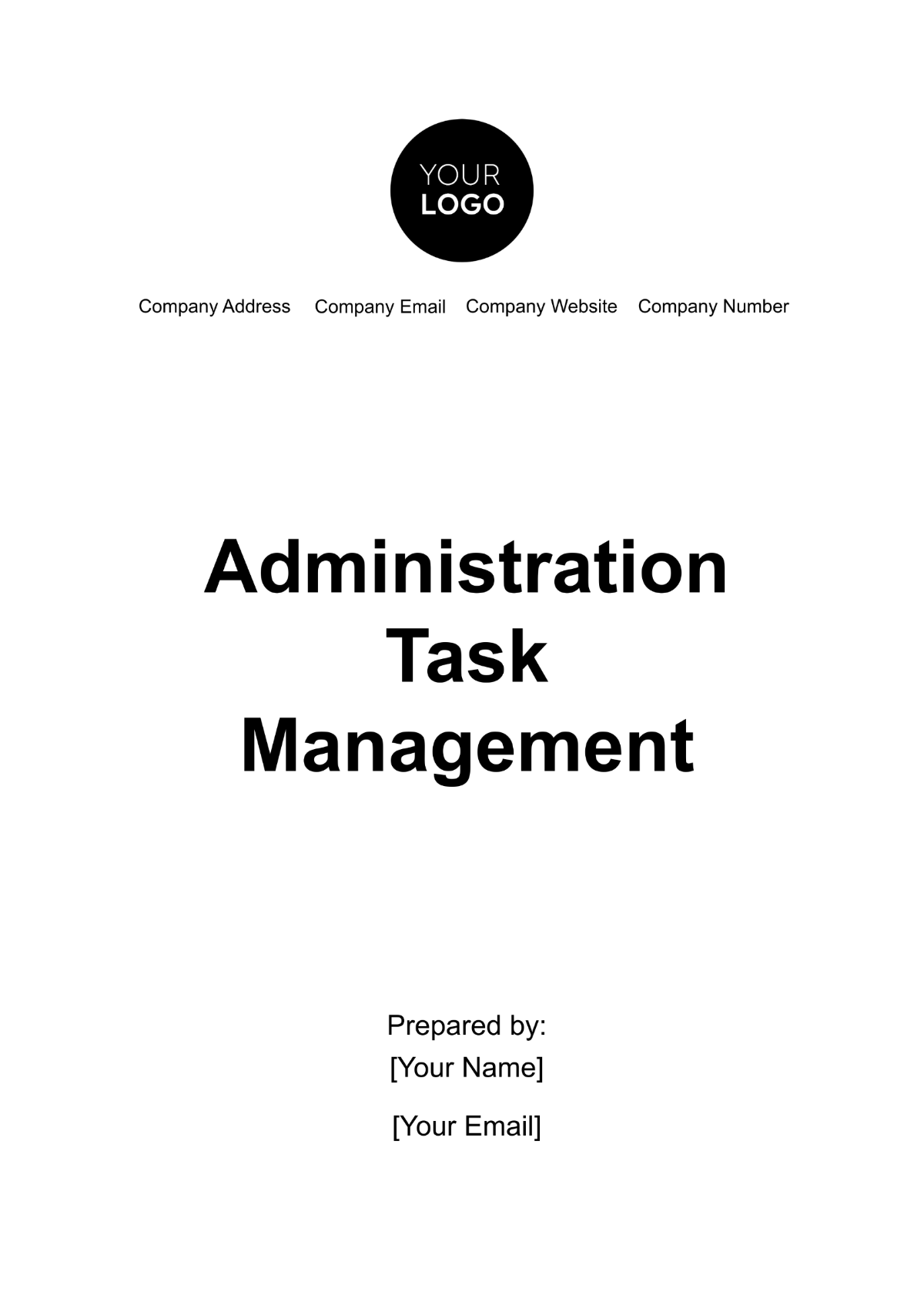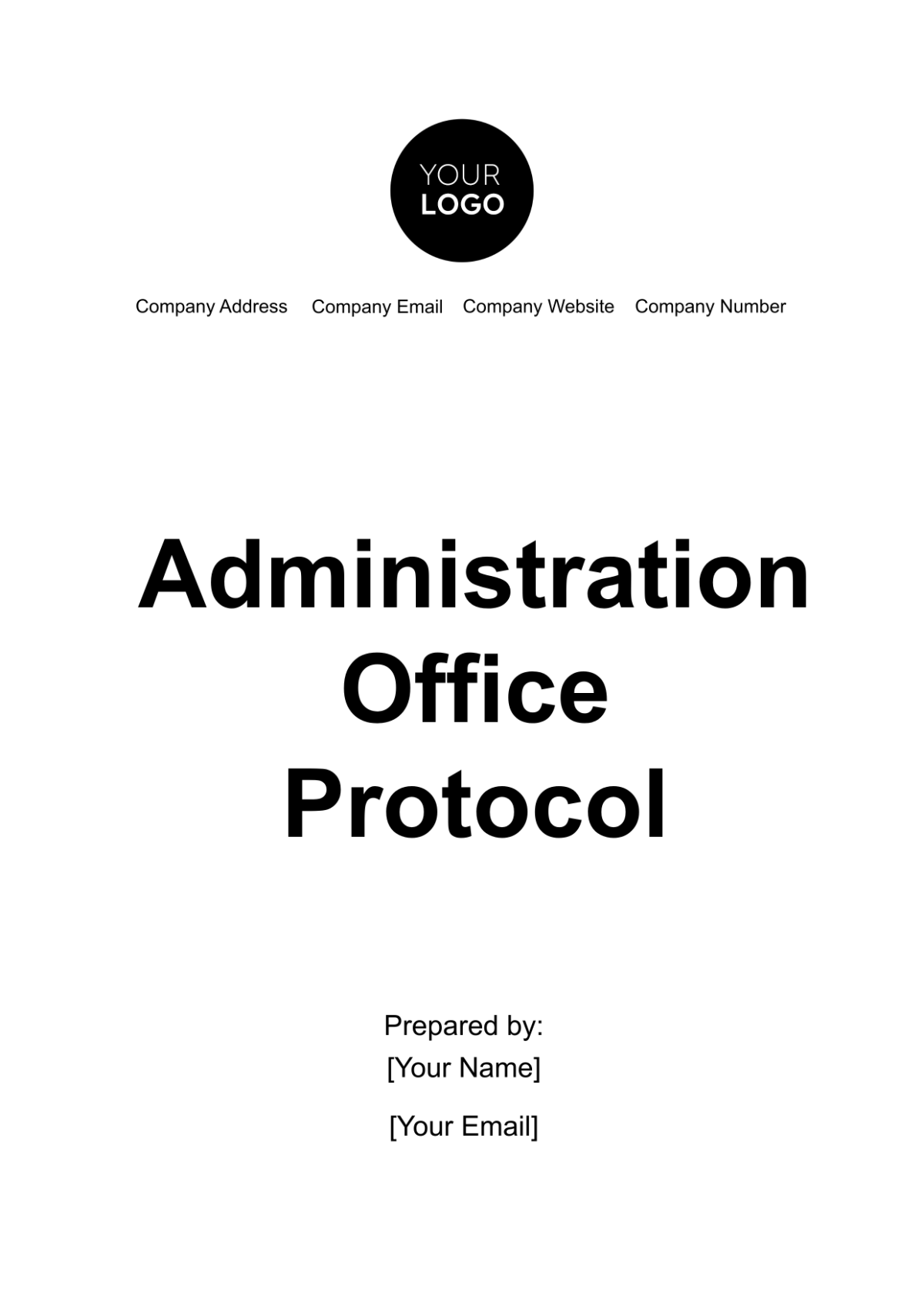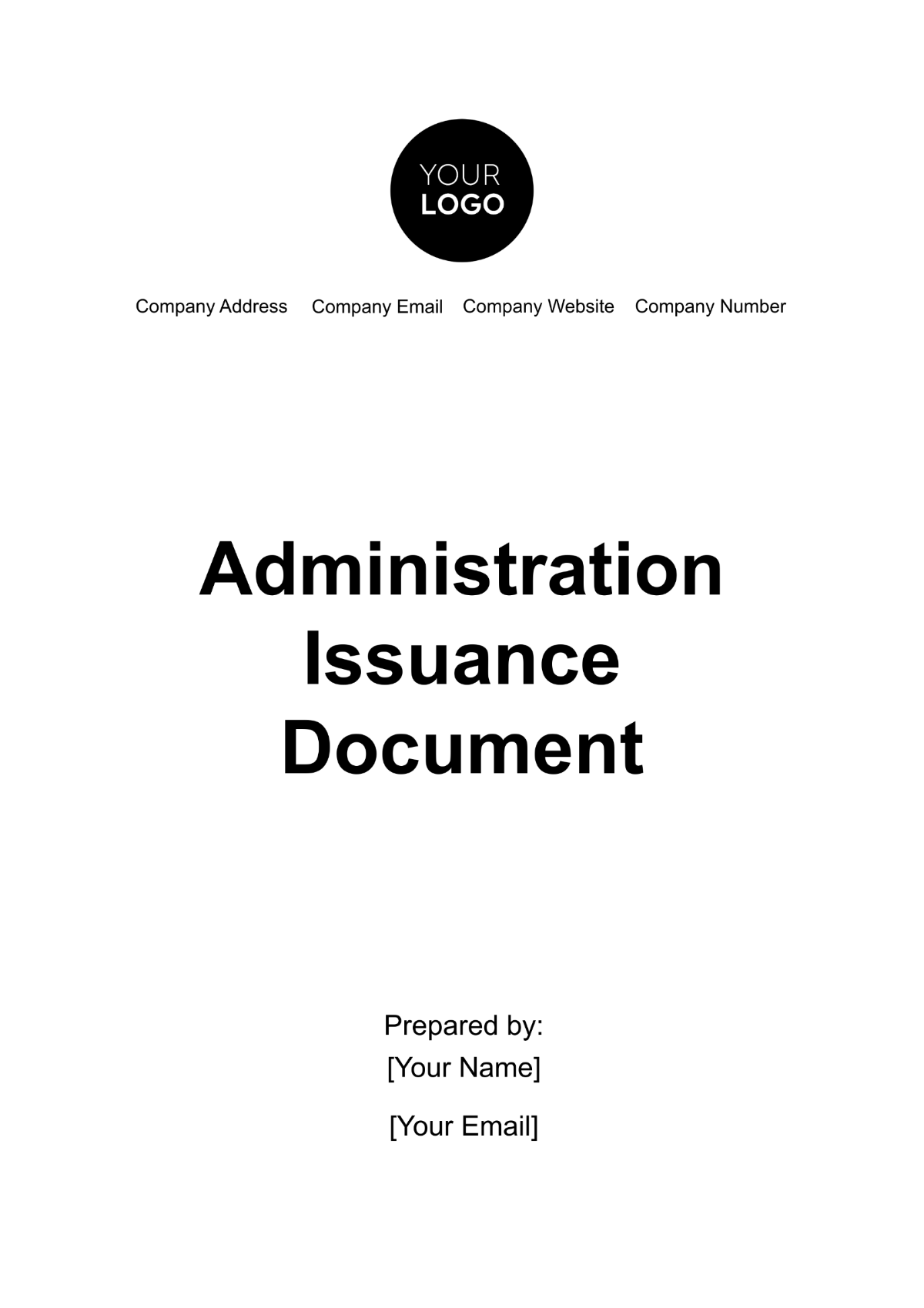1. Introduction
In the fast-paced environment of [Your Company Name], effective internal communication within the administration department is paramount to our success. As the backbone of our organization, the administration team plays a crucial role in ensuring the smooth operation of various functions, from human resources and finance to facilities management and beyond. Clear, transparent, and efficient communication within this department is essential for maintaining productivity, fostering collaboration, and upholding our company values.
This document serves as a comprehensive guide outlining our internal communication strategy tailored specifically for the administration department. By establishing clear channels of communication, setting objectives, and defining our audience, we aim to streamline information flow, enhance employee engagement, and ultimately contribute to the overall success of [Your Company Name].
2. Objectives
Effective internal communication within the administration department is essential to achieve several key objectives:
Foster a Culture of Open Communication: Encourage an environment where team members feel comfortable sharing ideas, concerns, and feedback openly.
Ensure Clarity and Transparency: Provide timely and accurate information regarding policies, procedures, and organizational changes to all administration staff.
Facilitate Efficient Workflow: Enable seamless coordination and collaboration among different teams within the administration department to optimize workflow and productivity.
Promote Employee Engagement: Engage administration staff by keeping them informed about company news, initiatives, and achievements, thereby fostering a sense of belonging and pride.
Gather Feedback and Suggestions: Establish mechanisms for gathering feedback and suggestions from administration staff to continuously improve processes, policies, and communication channels.
3. Audience
The internal communication within the administration department primarily targets the following audience:
Audience | Description |
|---|---|
Administration Staff | Includes all employees within the administration department, including administrative assistants, office managers, and support staff. |
Department Heads | Refers to the heads of various departments within the administration team, responsible for overseeing specific functions such as human resources, finance, and facilities management. |
Management Team | Comprises senior executives and managers responsible for strategic decision-making and overall direction of the organization. |
Ensuring effective communication with these stakeholders is crucial for disseminating information, soliciting feedback, and fostering collaboration within the administration department.
4. Channels of Communication
To facilitate effective internal communication within the administration department, various channels will be utilized to cater to different needs and preferences:
Channel | Description |
|---|---|
Primary mode of communication for official announcements, updates, and notifications. Emails will be sent to relevant stakeholders within the administration department. | |
Intranet Portal | A centralized platform accessible to all administration staff for sharing documents, policies, news, and updates. The intranet portal will serve as a repository of information and facilitate easy access to resources. |
Team Meetings | Regularly scheduled meetings conducted either in-person or virtually to provide updates, discuss ongoing projects, address concerns, and foster collaboration among administration team members. |
Instant Messaging | Real-time communication via platforms such as Slack or Microsoft Teams for quick queries, informal discussions, and coordination among team members. |
Notice Boards | Physical notice boards placed in common areas within the office premises for posting important announcements, upcoming events, and reminders. Notice boards serve as a visual communication tool for employees who prefer analog methods of communication. |
By utilizing a combination of these communication channels, we aim to cater to the diverse communication preferences and ensure that important information reaches all members of the administration department in a timely and efficient manner.
5. Communication Plan
5.1. Monthly Newsletter
Purpose: The monthly newsletter serves as a comprehensive communication tool to keep administration staff informed about departmental activities, achievements, and upcoming events. It aims to foster a sense of unity and alignment among team members while celebrating successes and promoting engagement.
Frequency: The newsletter will be distributed on a monthly basis, typically at the beginning of each month, via email and posted on the intranet portal for easy access. Distribution will be coordinated by the communications team to ensure timely delivery.
Content: The newsletter content will be curated to include updates from department heads, highlights of notable achievements or milestones, profiles of outstanding employees, insights into upcoming training sessions or workshops, important reminders for deadlines or policy changes, and any announcements relevant to the administration department.
5.2. Departmental Meetings
Purpose: Departmental meetings provide an opportunity for administration staff to come together, share updates, discuss ongoing projects, address concerns, and collaborate on solutions. These meetings serve as a platform for fostering teamwork, enhancing communication, and aligning efforts towards common goals.
Frequency: Bi-weekly meetings will be scheduled, either in-person or virtually, to accommodate the needs of remote team members. The schedule will be communicated in advance to ensure attendance and participation from all relevant stakeholders.
Agenda: The agenda for departmental meetings will typically include a review of ongoing projects, status updates on key initiatives, discussion of any challenges or roadblocks encountered, feedback sessions to solicit input from team members, and brainstorming sessions for identifying process improvements or innovative ideas.
5.3. Email Communication
Purpose: Email will serve as the primary mode of communication for official announcements, policy changes, and other important updates within the administration department. It provides a formal channel for distributing information and ensuring that all team members receive timely updates.
Target Audience: All administration staff will receive relevant emails to ensure everyone is kept informed about important developments and organizational changes.
Best Practices: To ensure clarity and readability, emails will have clear subject lines indicating the nature of the communication, concise content that communicates key information effectively, and may include bullet points or numbered lists for easy comprehension. Urgent communications will be clearly marked as such to ensure timely attention and action from recipients.
5.4. Instant Messaging
Purpose: Instant messaging platforms such as Slack or Microsoft Teams will be utilized for real-time communication, quick queries, and informal discussions among team members. These platforms enable swift exchange of information and facilitate collaboration in a dynamic and fast-paced work environment.
Platform Guidelines: Channels will be created for specific topics, projects, or teams to streamline communication and avoid clutter. Team members are encouraged to use appropriate channels for their communications, maintain professionalism in their interactions, and respond promptly to messages to ensure effective communication and collaboration.
6. Feedback Mechanisms
To foster a culture of open communication, collaboration, and continuous improvement within the administration department, the following feedback mechanisms will be implemented:
Anonymous Suggestion Box: A physical or digital suggestion box will be made available for administration staff to submit anonymous feedback, suggestions, or concerns. This ensures that team members feel comfortable expressing their opinions and raising issues without fear of reprisal.
Surveys: Regular surveys will be conducted to gauge employee satisfaction, gather feedback on the effectiveness of communication channels and practices, and identify areas for improvement. The feedback collected from surveys will be carefully reviewed and used to inform future communication strategies and initiatives.
Open-door Policy: Management will maintain an open-door policy, encouraging administration staff to reach out with any questions, concerns, or suggestions directly. This approach promotes accessibility, transparency, and trust between management and employees, fostering a supportive and collaborative work environment.
7. Measurement and Evaluation
Regular assessments will be conducted to evaluate the effectiveness of the internal communication strategy within the administration department. Key performance indicators (KPIs) will be established to track progress and measure the impact of communication efforts. The following metrics will be used for measurement and evaluation:
Metric | Description |
|---|---|
Employee Engagement Levels | Regular surveys will be conducted to assess employee engagement and satisfaction levels within the administration department. Responses will be analyzed to identify trends, areas of improvement, and opportunities for enhancement. |
Response Rates to Surveys | The response rates to surveys will be monitored to gauge the level of participation and engagement among administration staff. High response rates indicate active involvement and interest in providing feedback. |
Attendance and Participation in Meetings | Attendance and participation rates in departmental meetings will be tracked to evaluate engagement and the effectiveness of communication channels. Low attendance may indicate communication challenges or lack of engagement. |
Timeliness of Information Dissemination | The speed and efficiency of information dissemination will be assessed to ensure that updates, announcements, and important communications are delivered in a timely manner. Delays or bottlenecks in communication will be identified and addressed promptly. |
Regular review meetings will be scheduled to analyze the collected data, identify areas for improvement, and make adjustments to the communication strategy as needed. Feedback from administration staff will be solicited and incorporated into the evaluation process to ensure that the communication strategy remains relevant, effective, and aligned with the needs of the department.
8. Conclusion
The implementation of a comprehensive internal communication strategy within the administration department is essential for fostering transparency, collaboration, and efficiency. By establishing clear channels of communication, setting objectives, and implementing feedback mechanisms, [Your Company Name] aims to create a culture of communication excellence that empowers employees, enhances engagement, and drives organizational success.
Through regular measurement and evaluation, we will continuously assess the effectiveness of our communication efforts, identify areas for improvement, and strive for excellence in internal communication practices. By prioritizing open dialogue, collaboration, and feedback, we will cultivate a supportive and inclusive work environment where every member of the administration team feels valued, informed, and empowered to contribute to the company's success.
For any questions, suggestions, or feedback regarding the internal communication strategy within the administration department, please contact [Your Name] at [Your Company Email].
